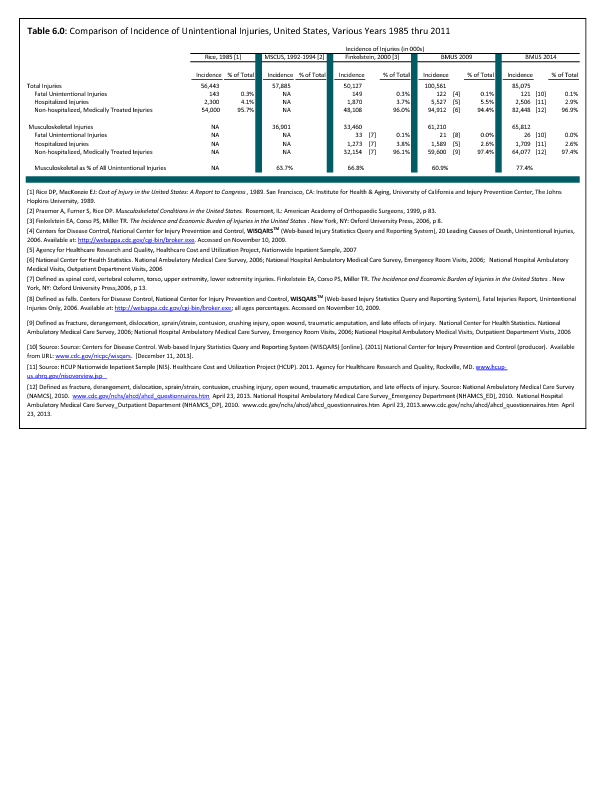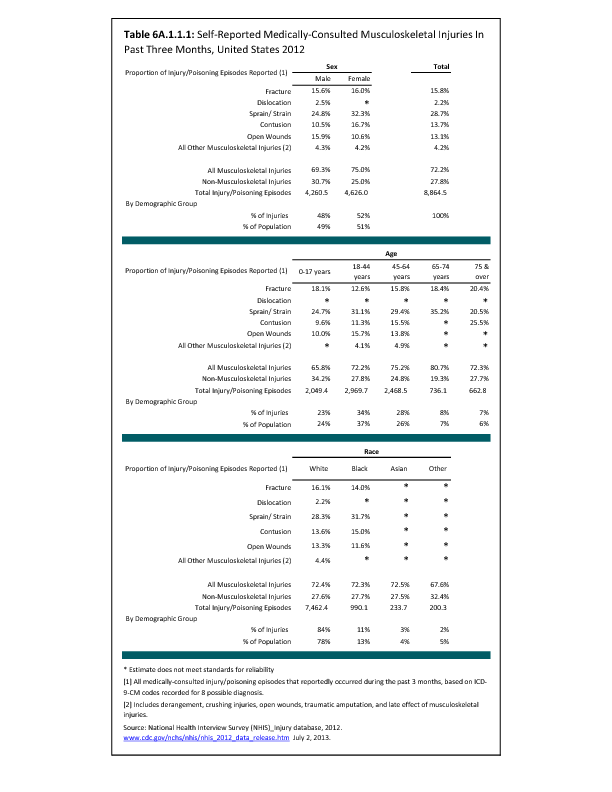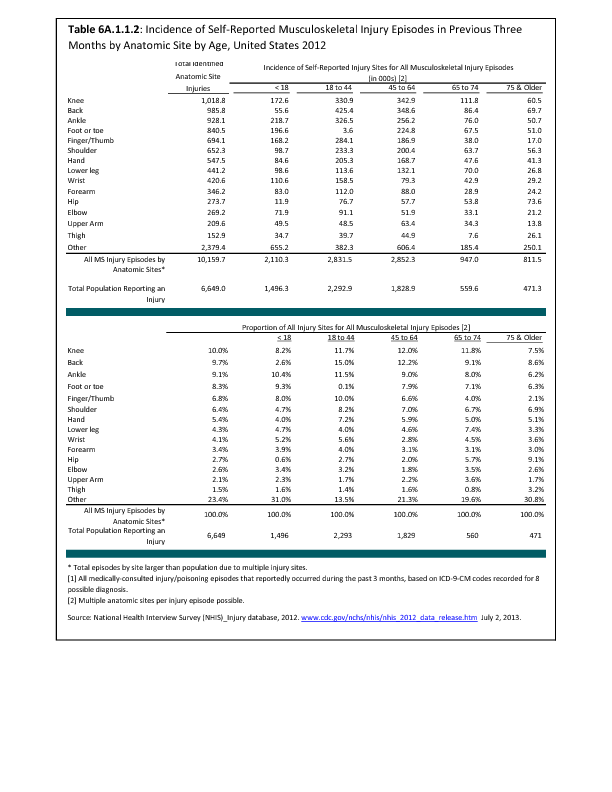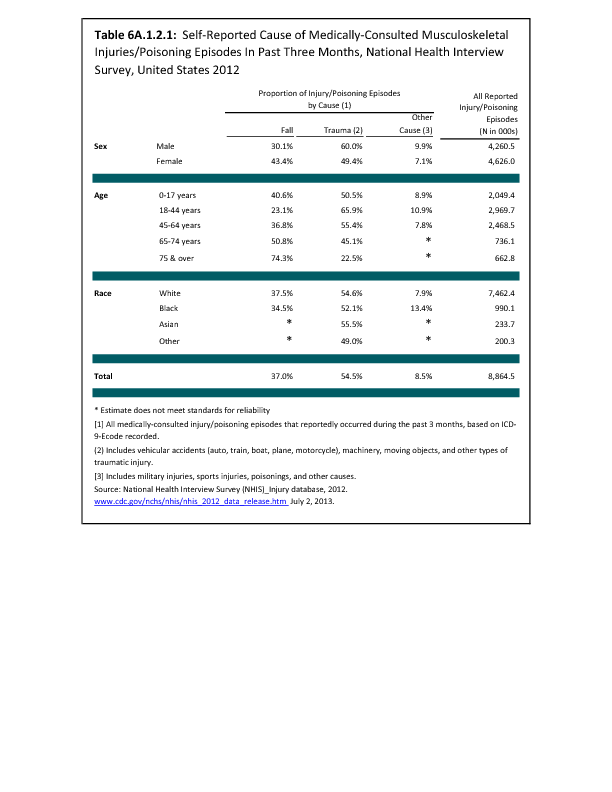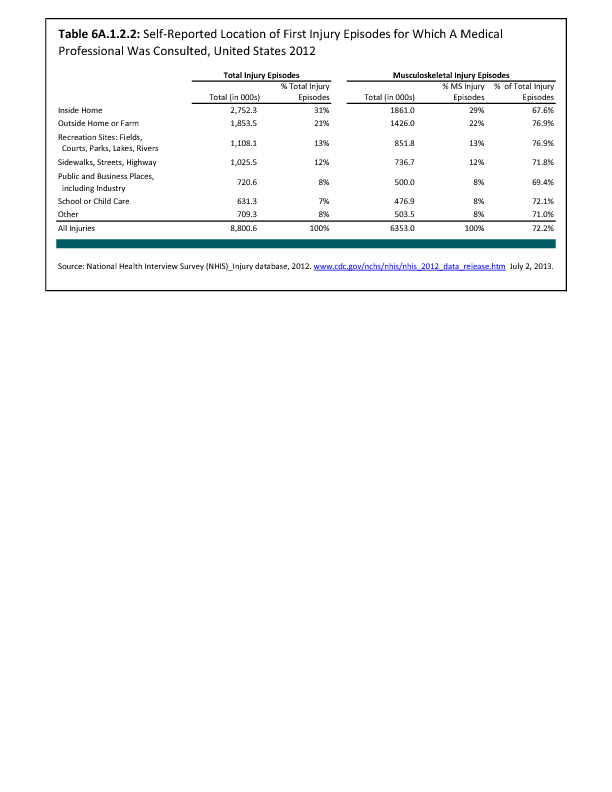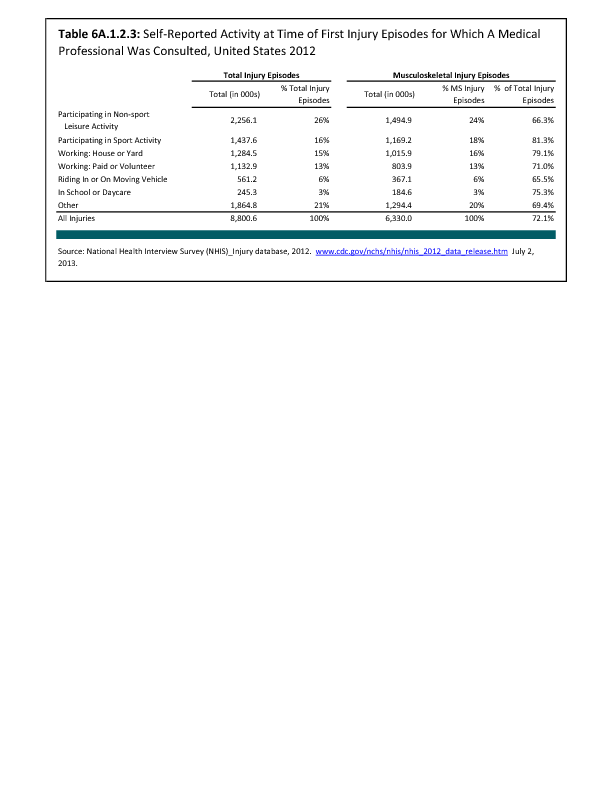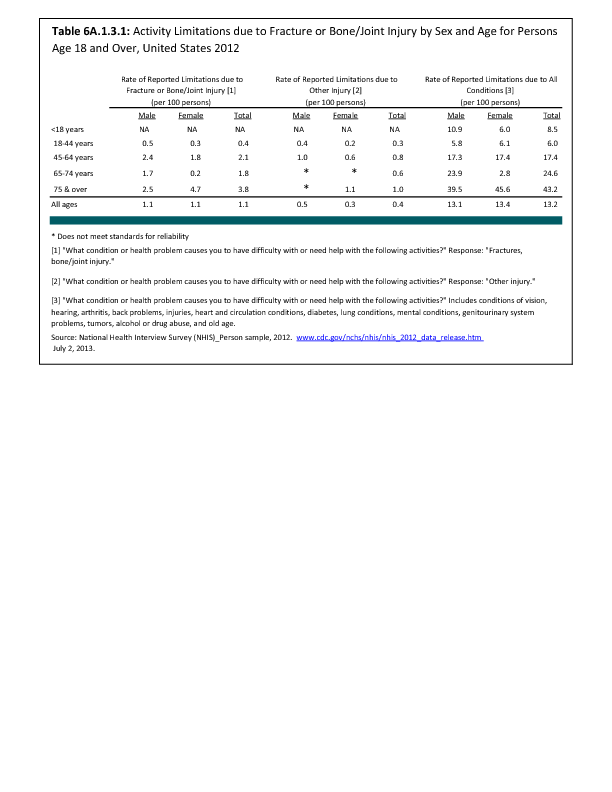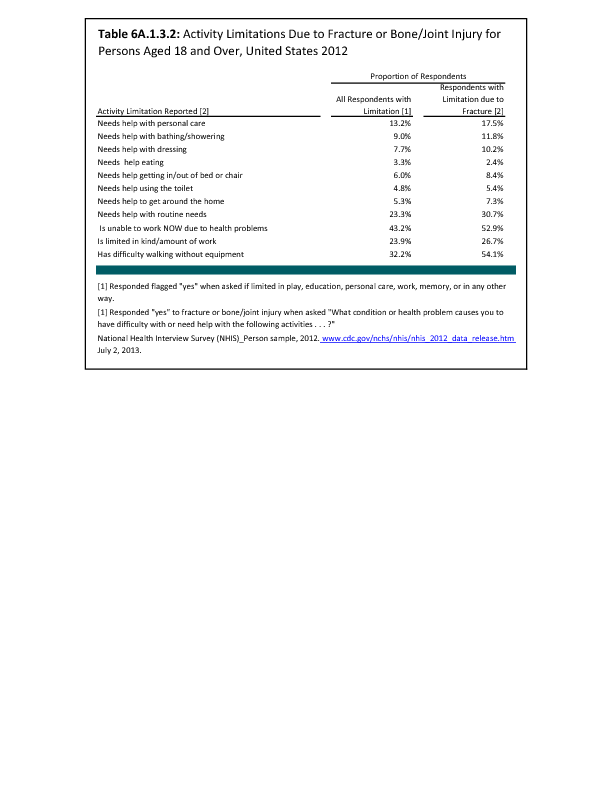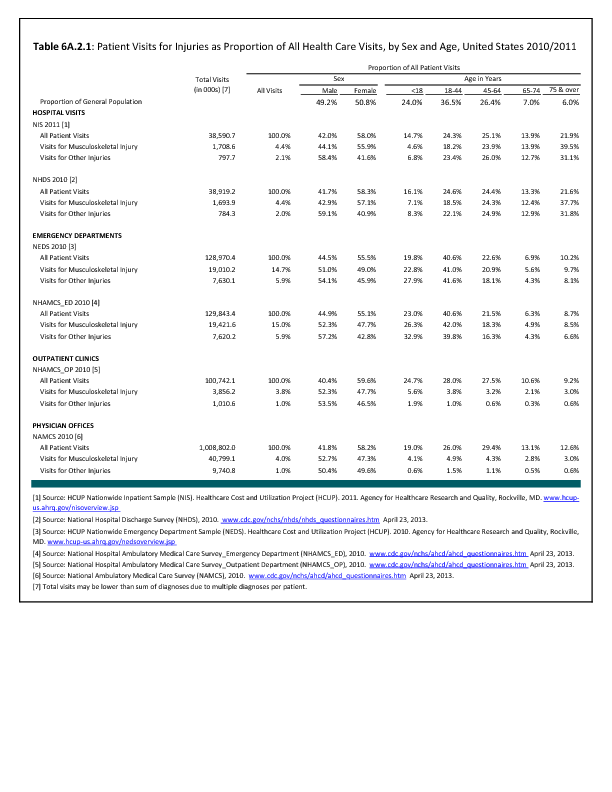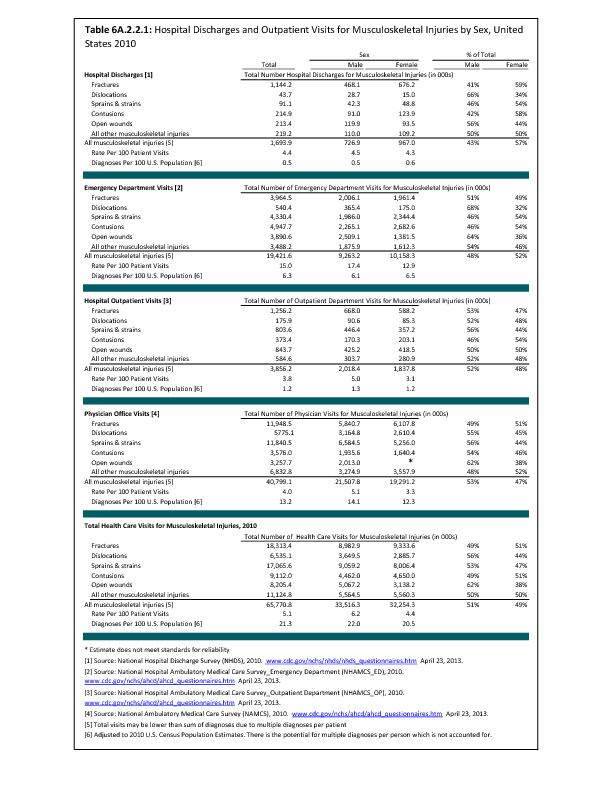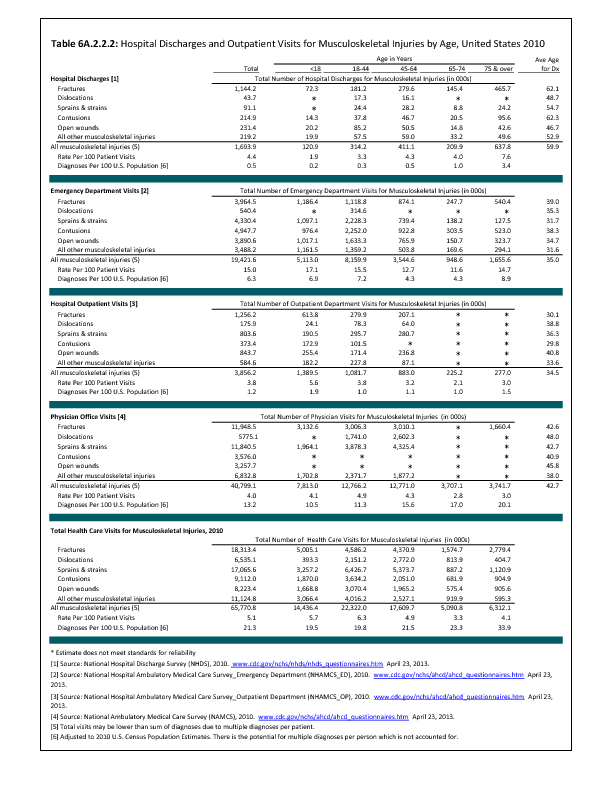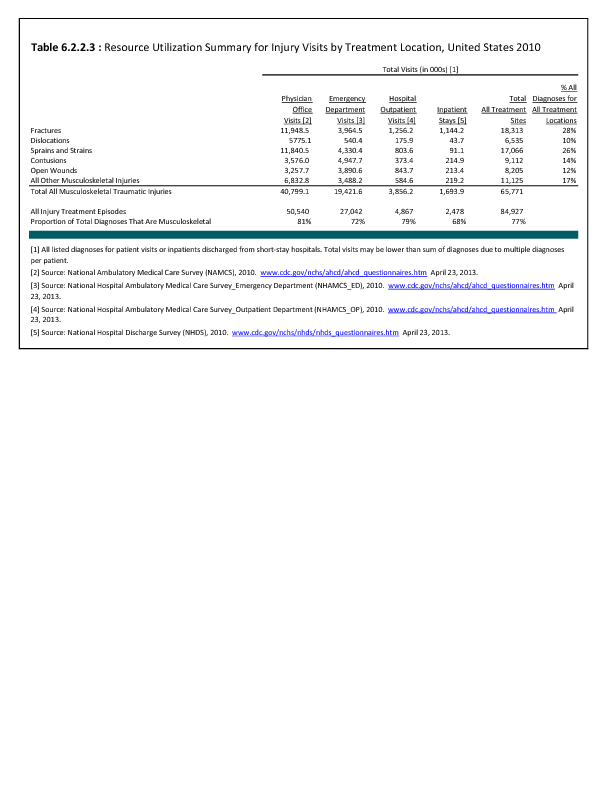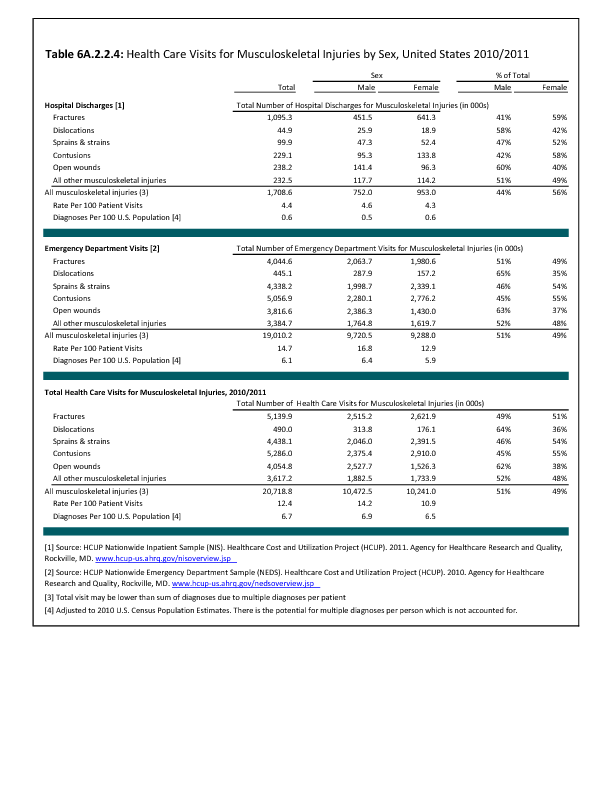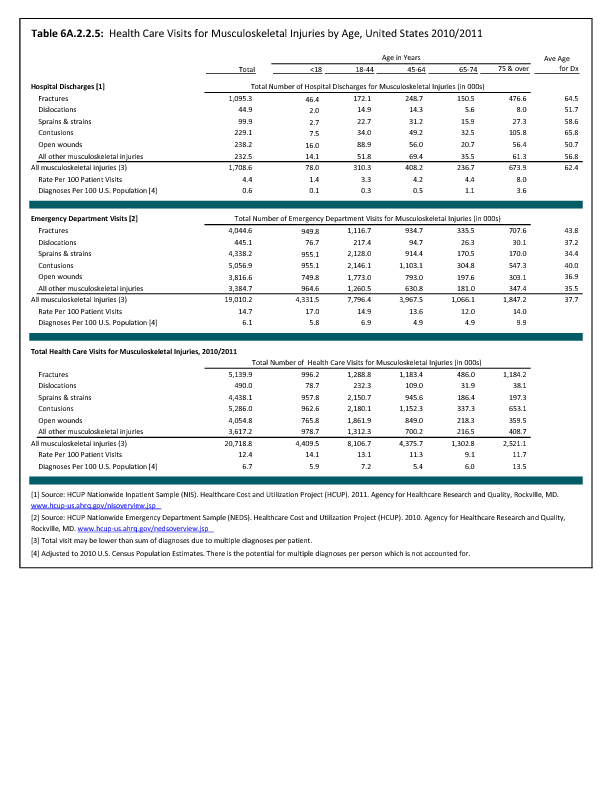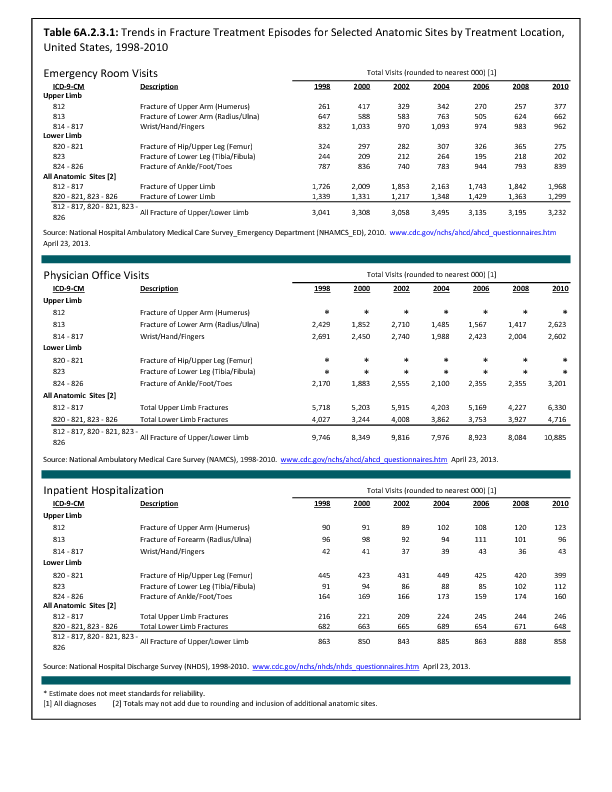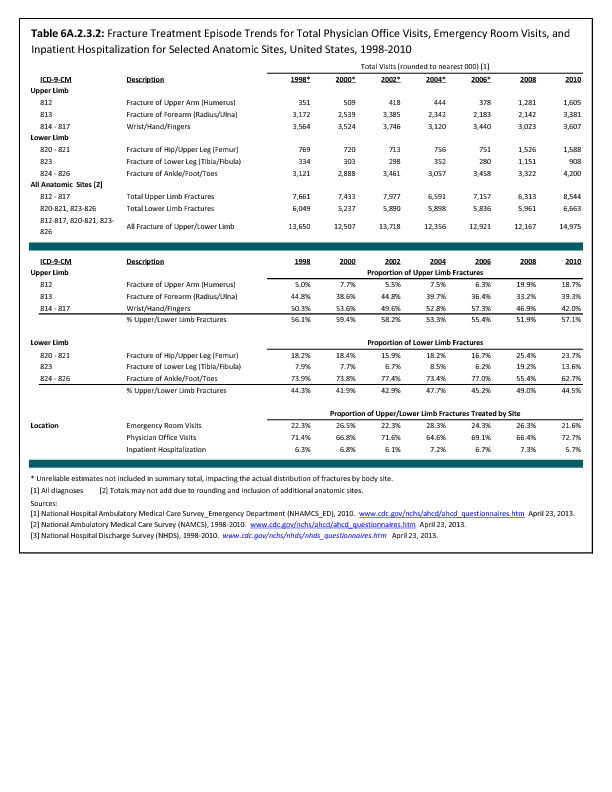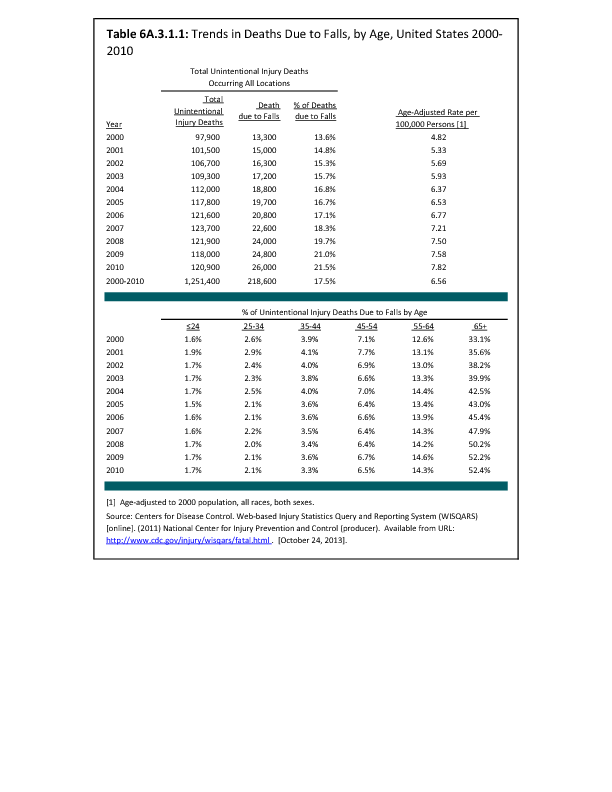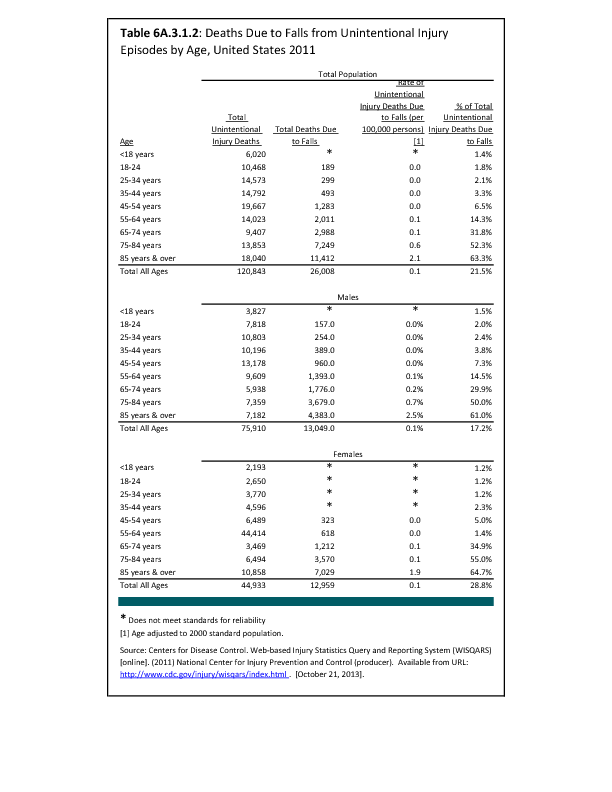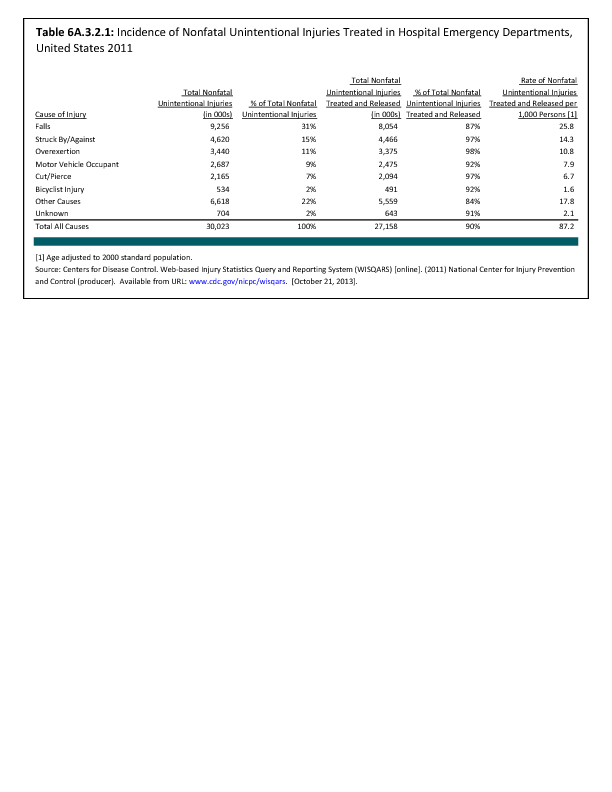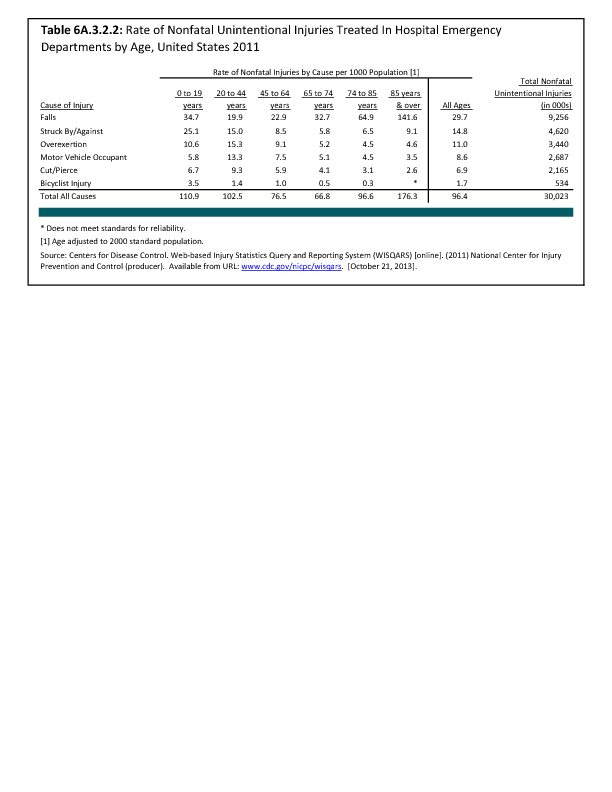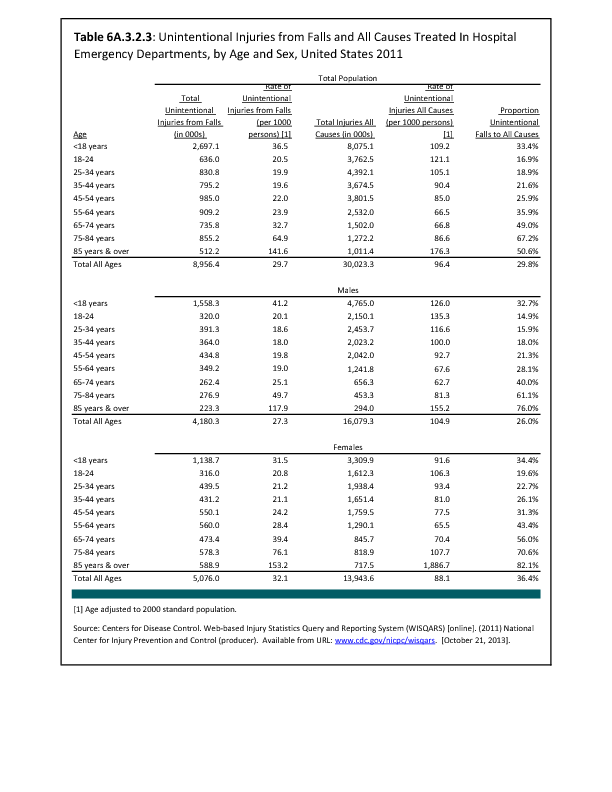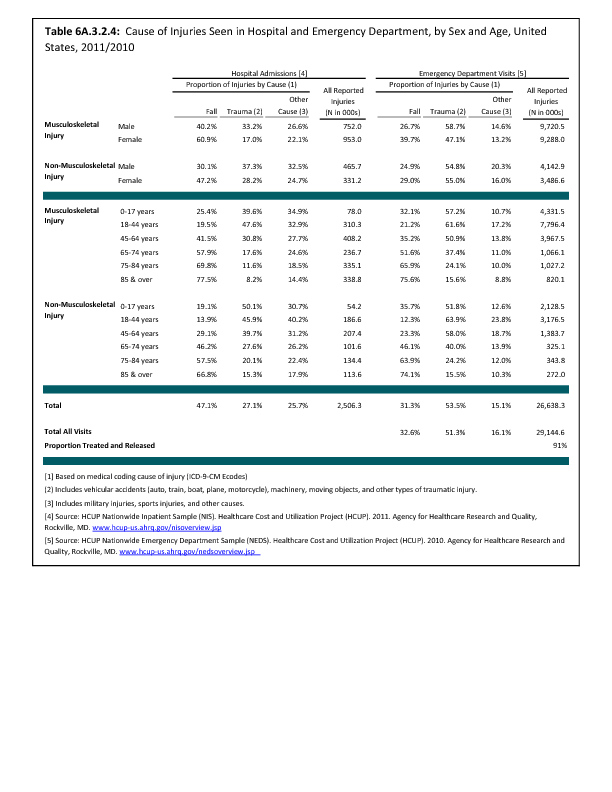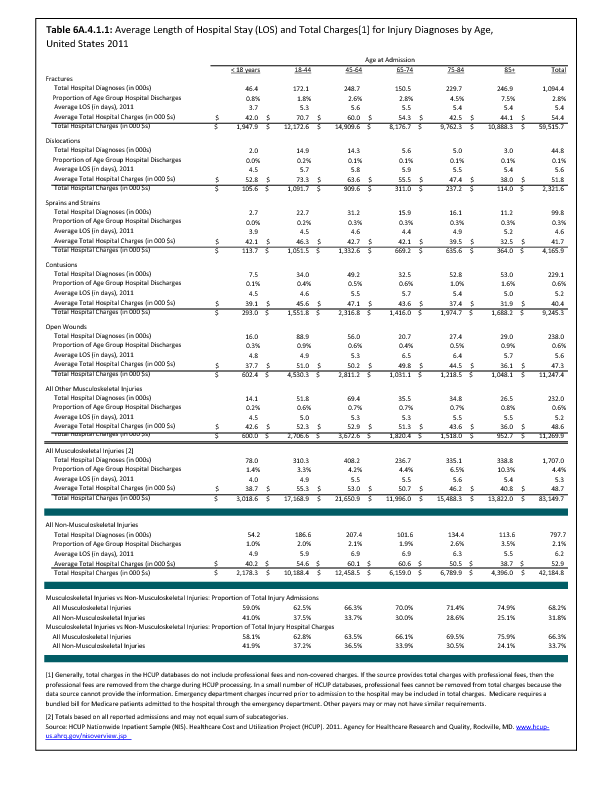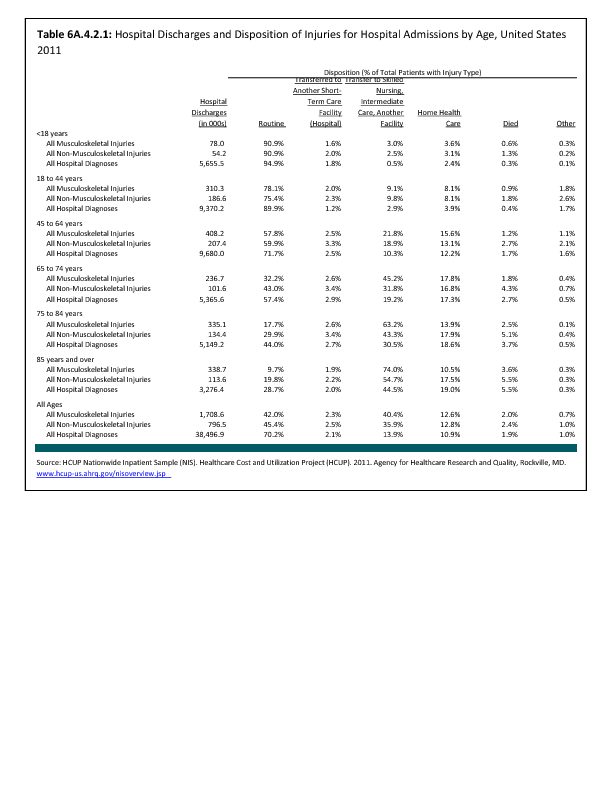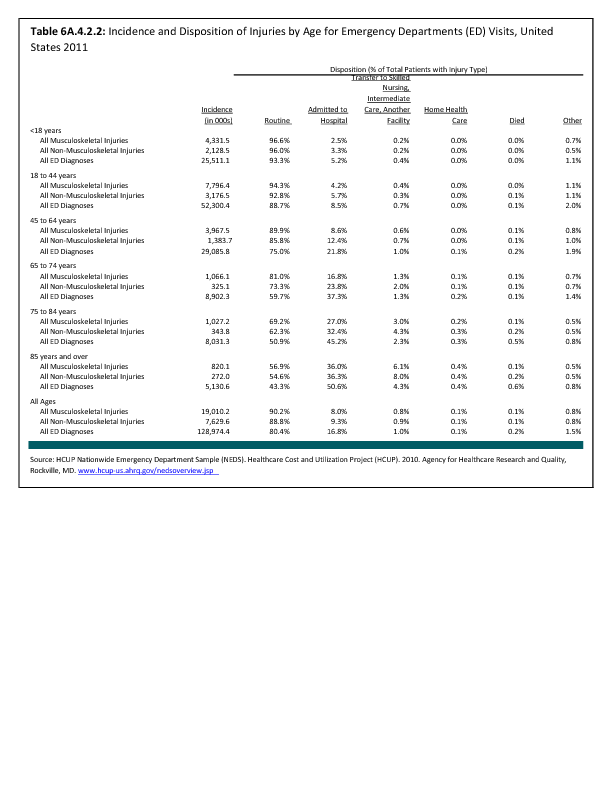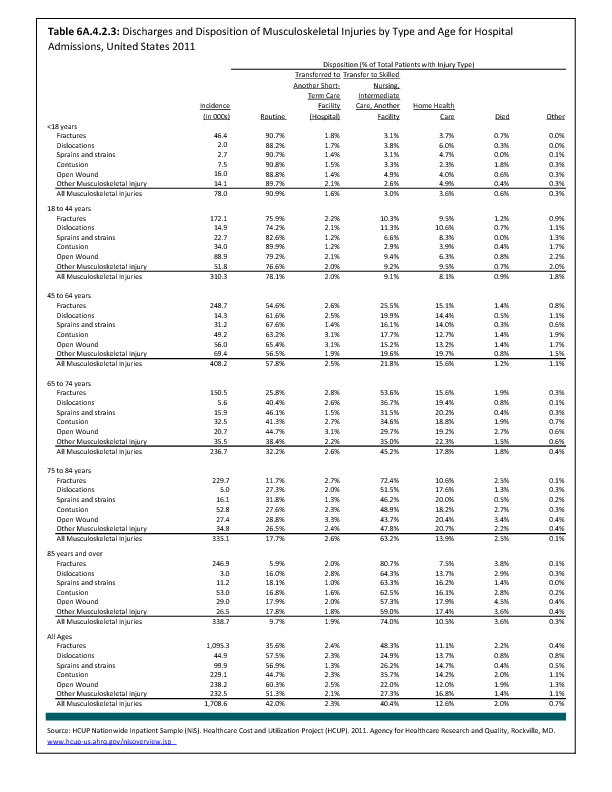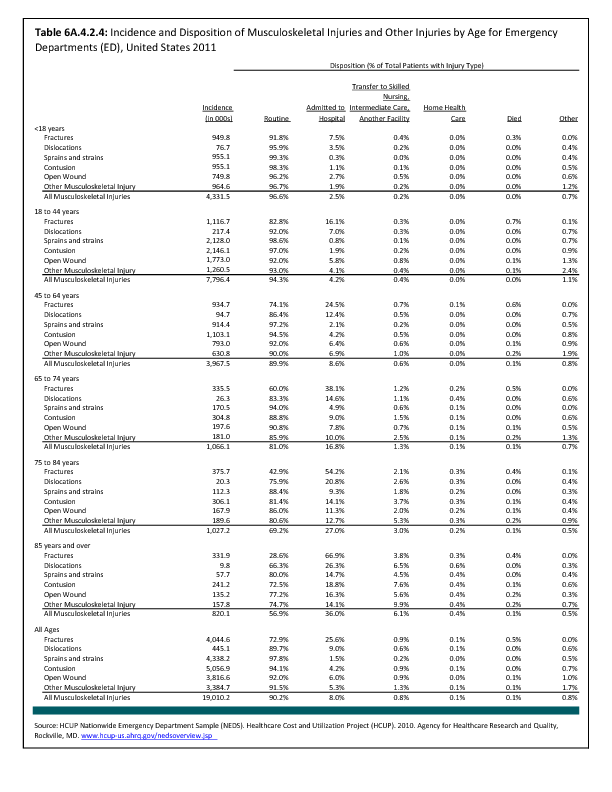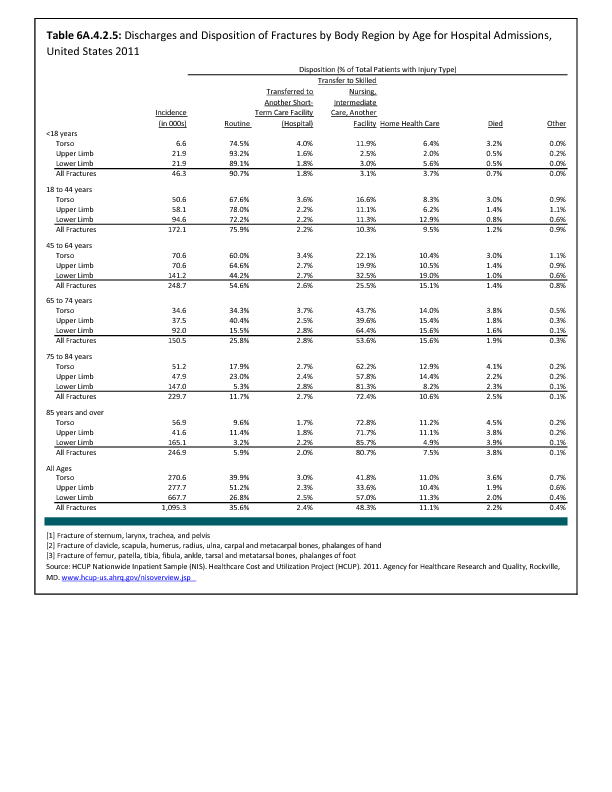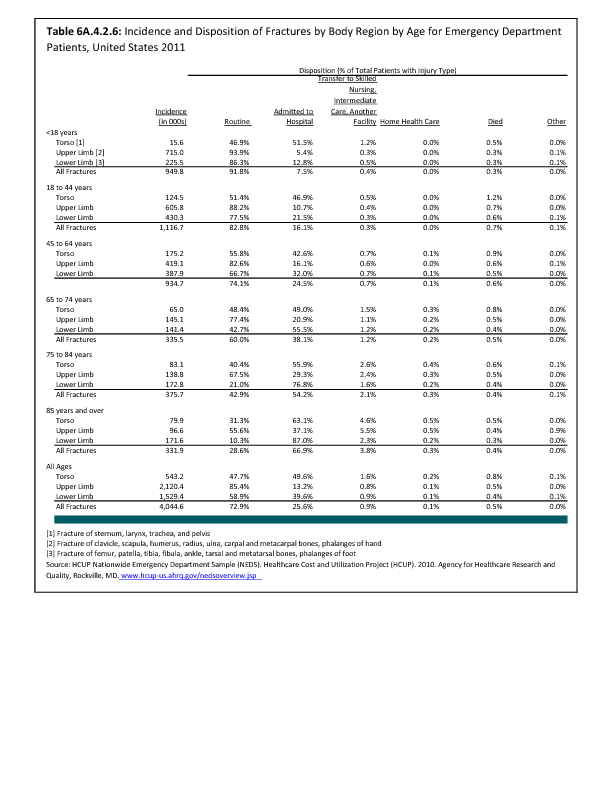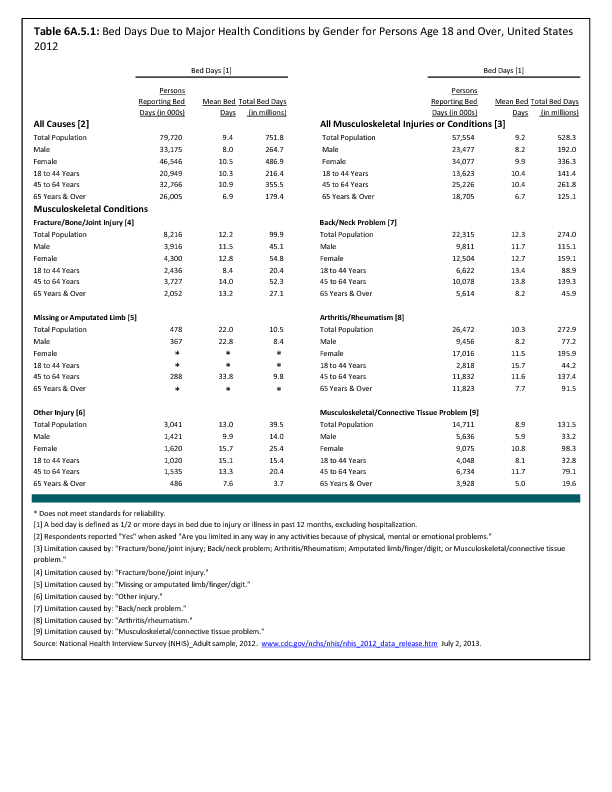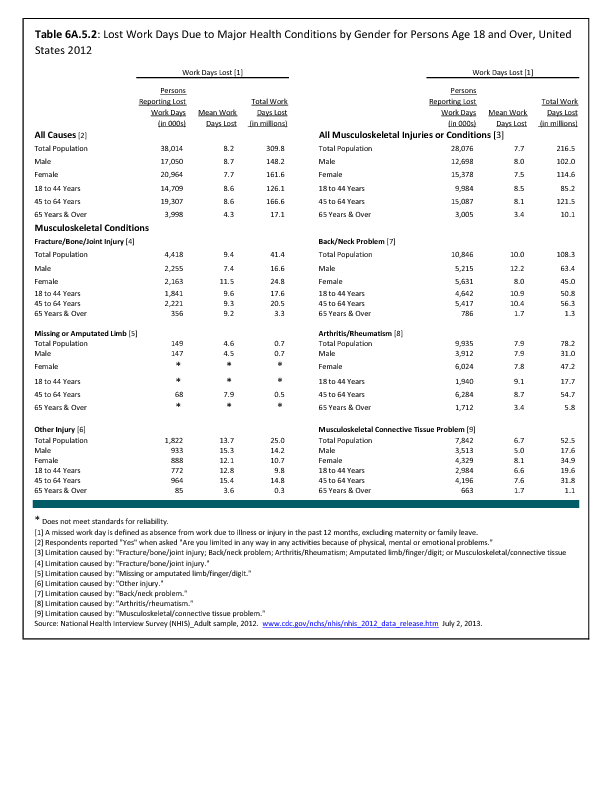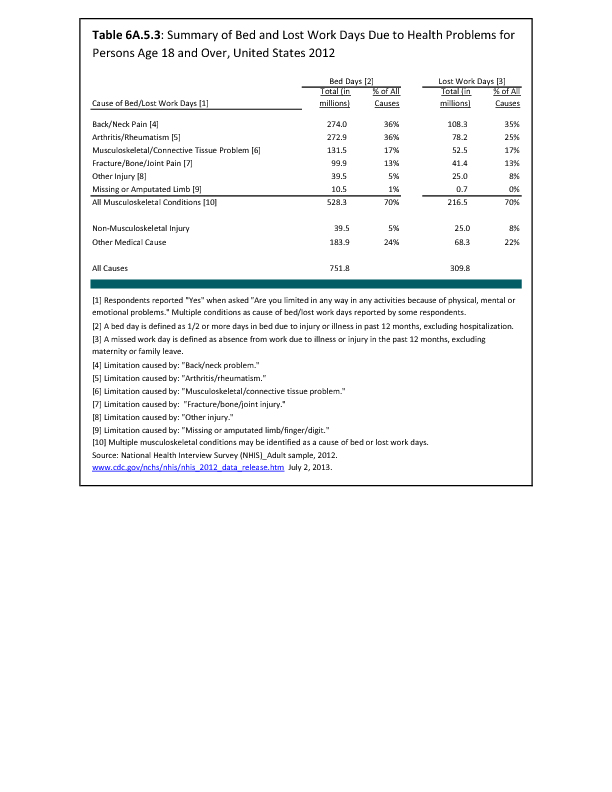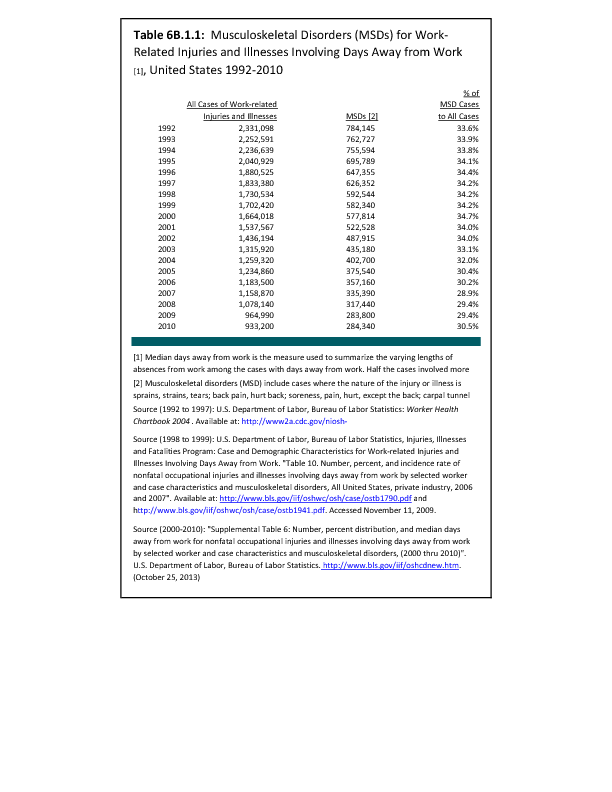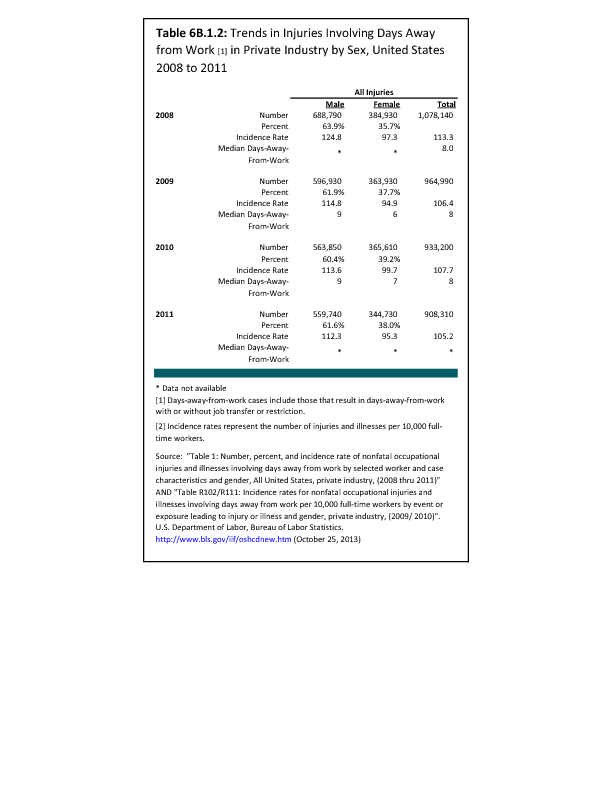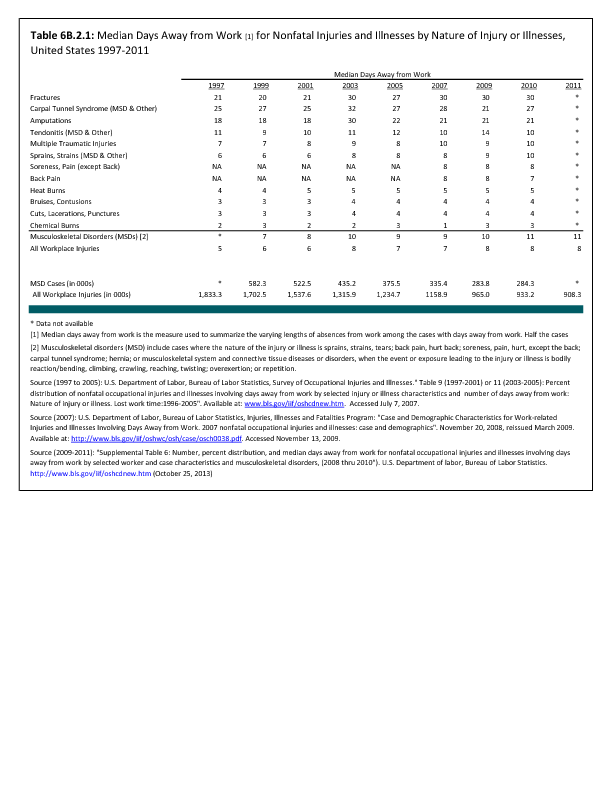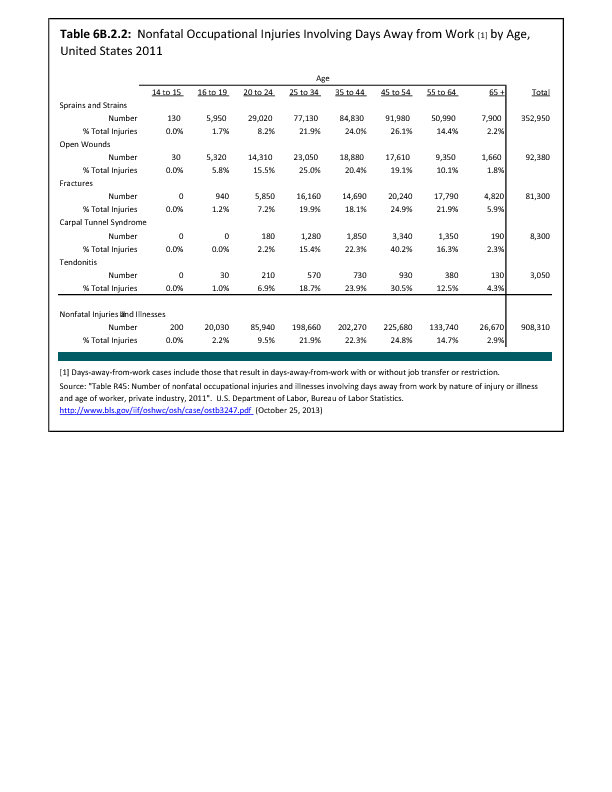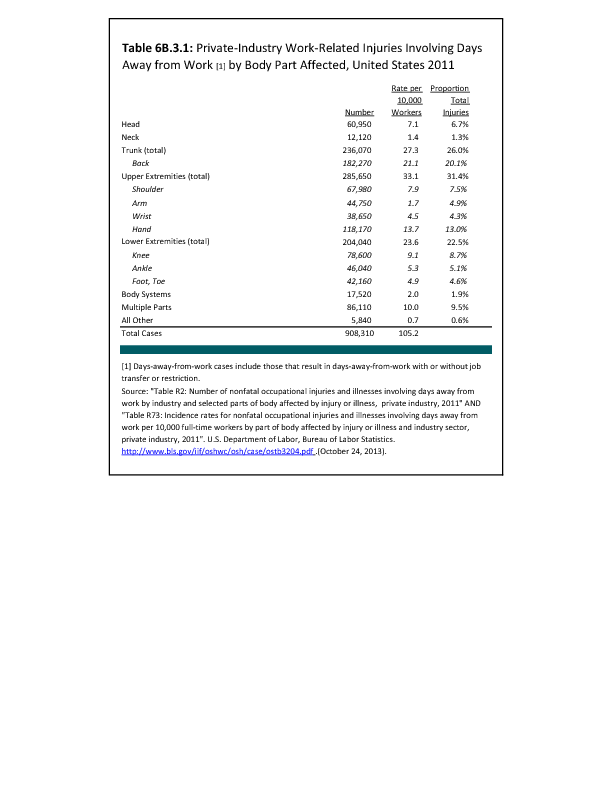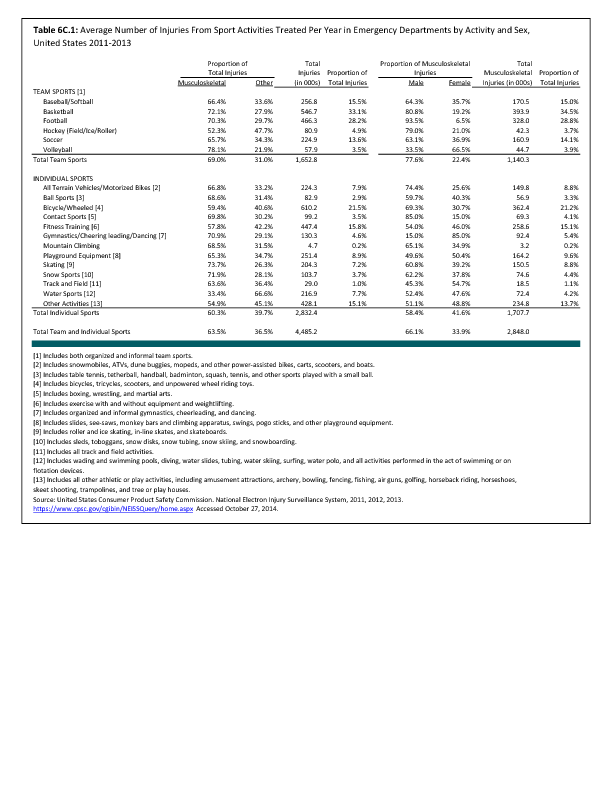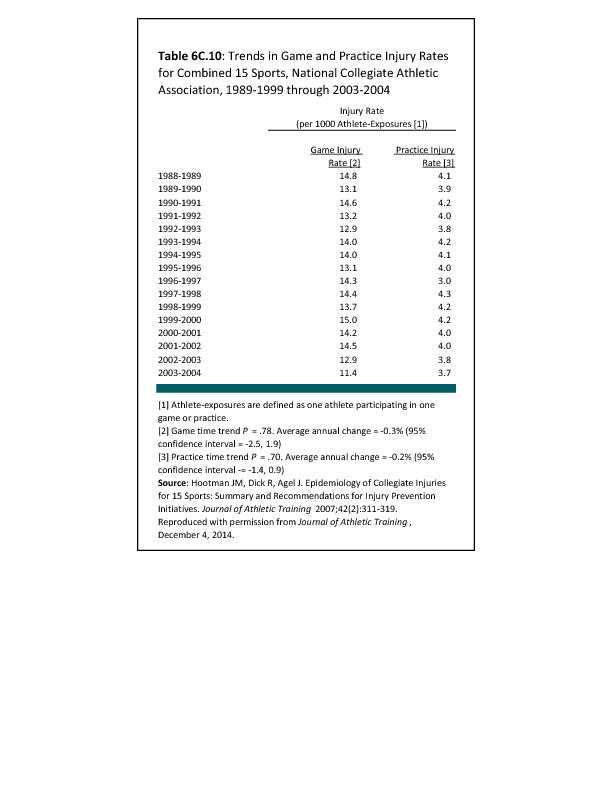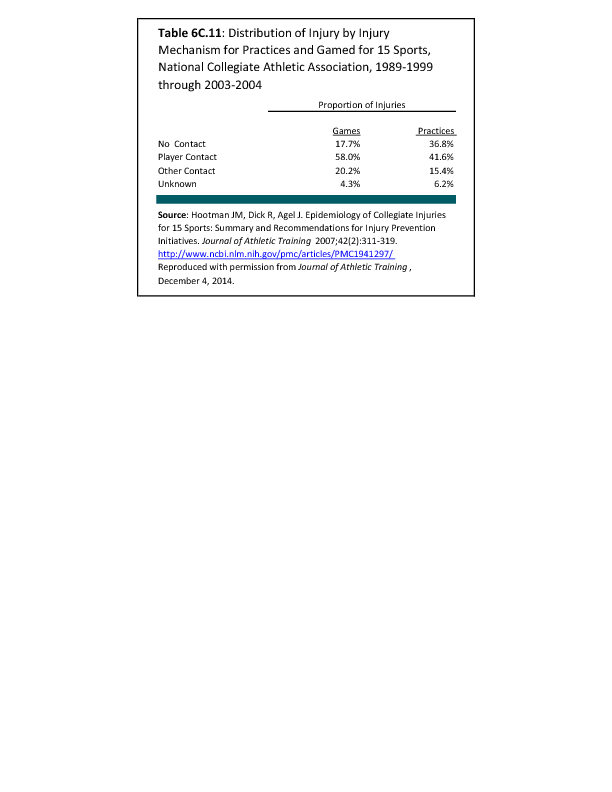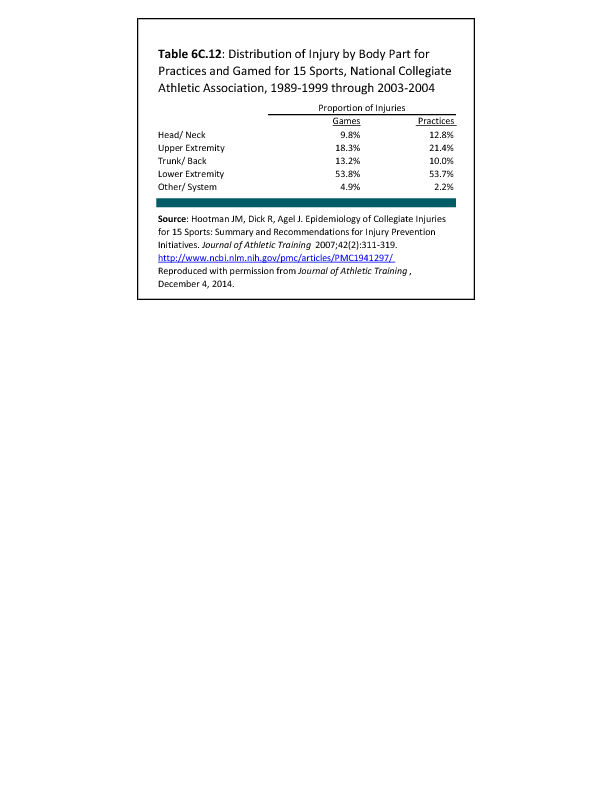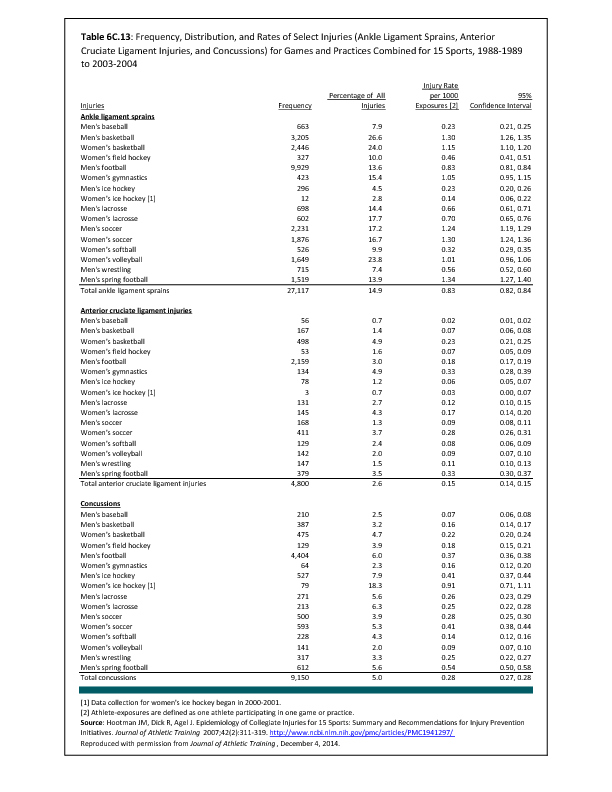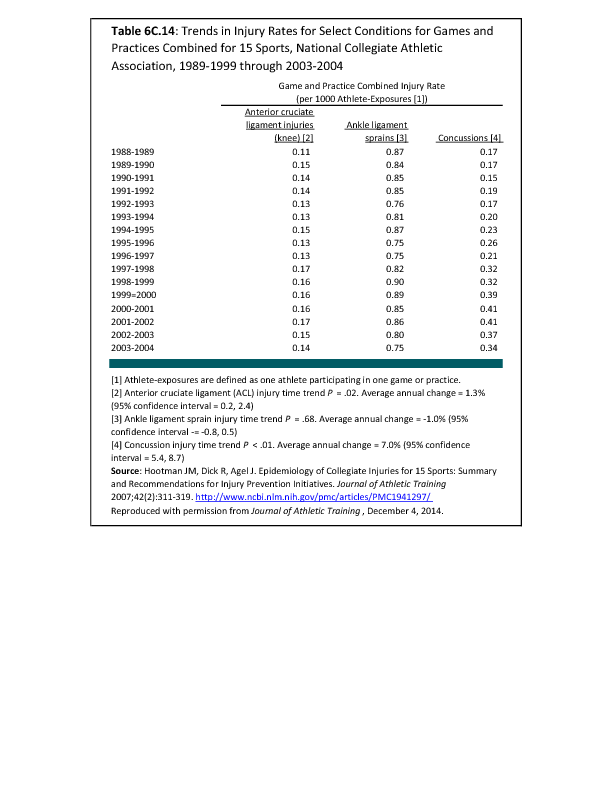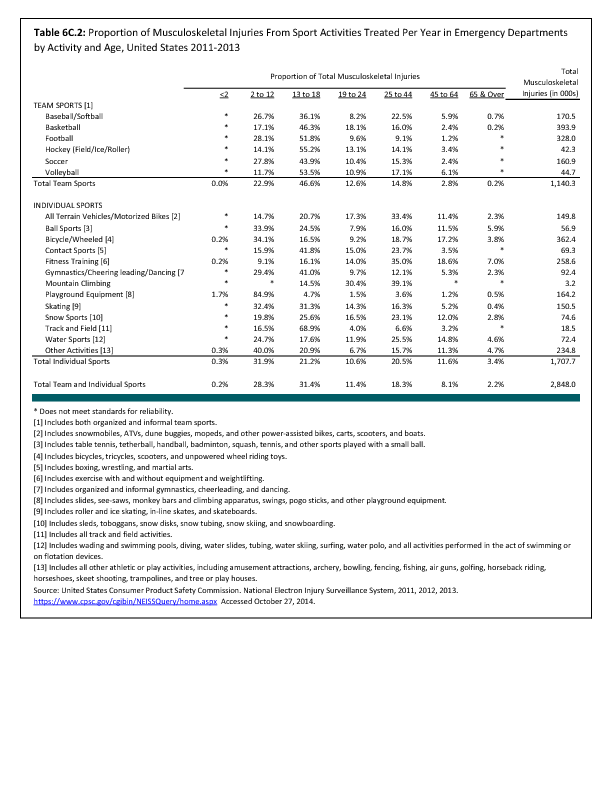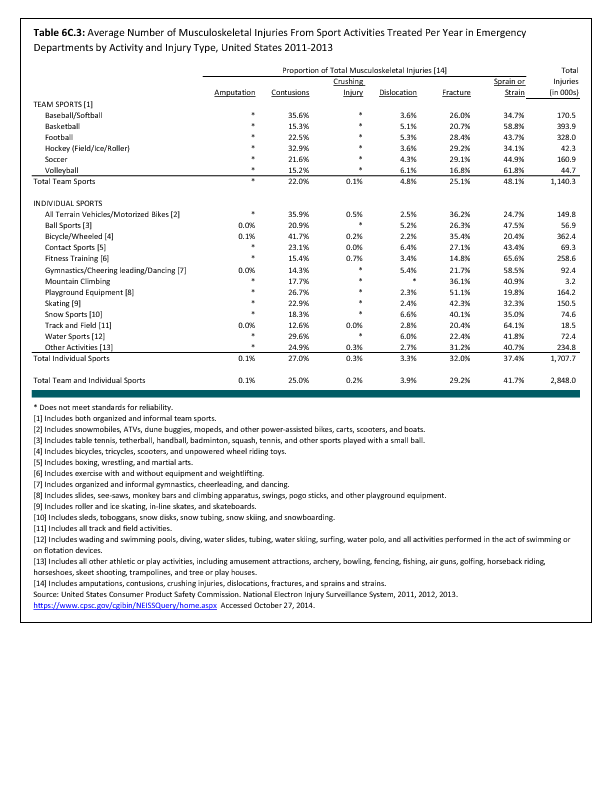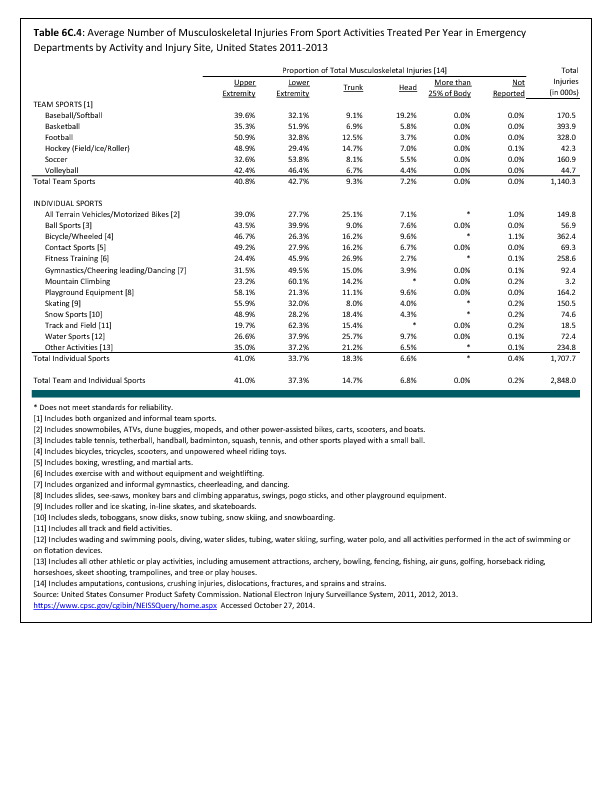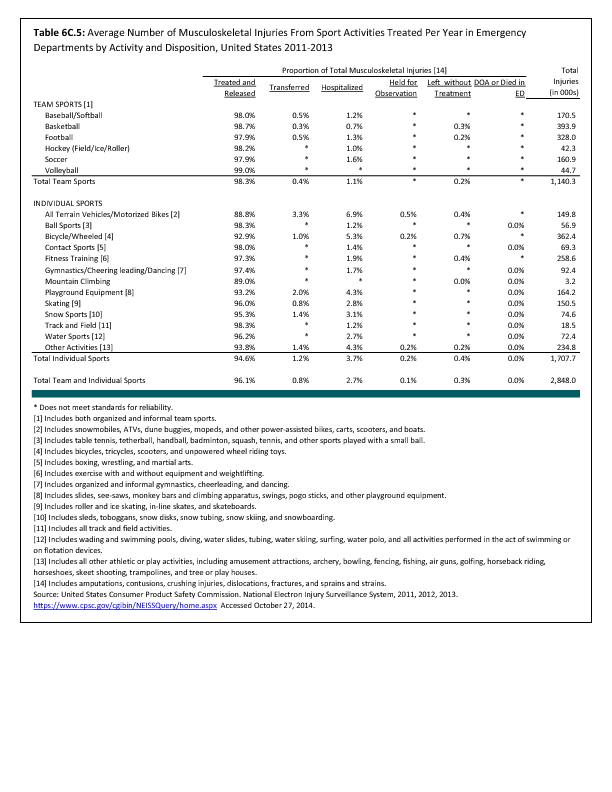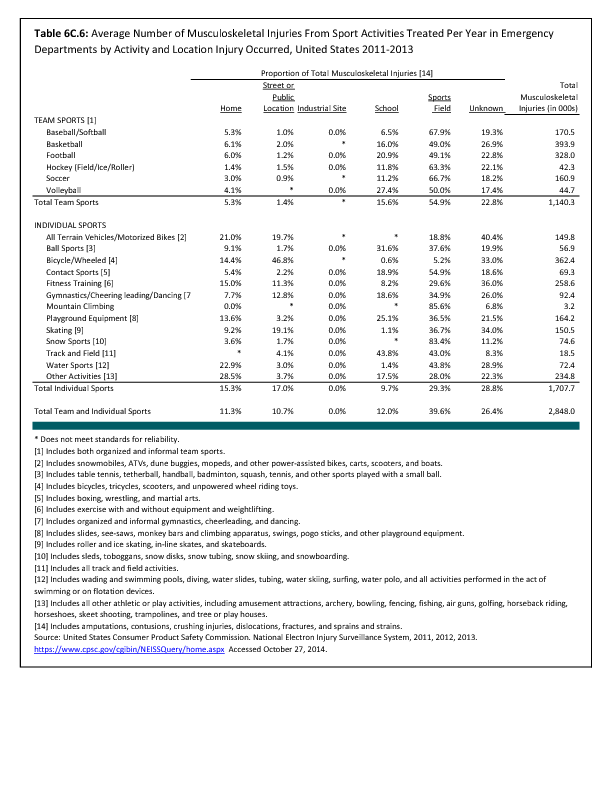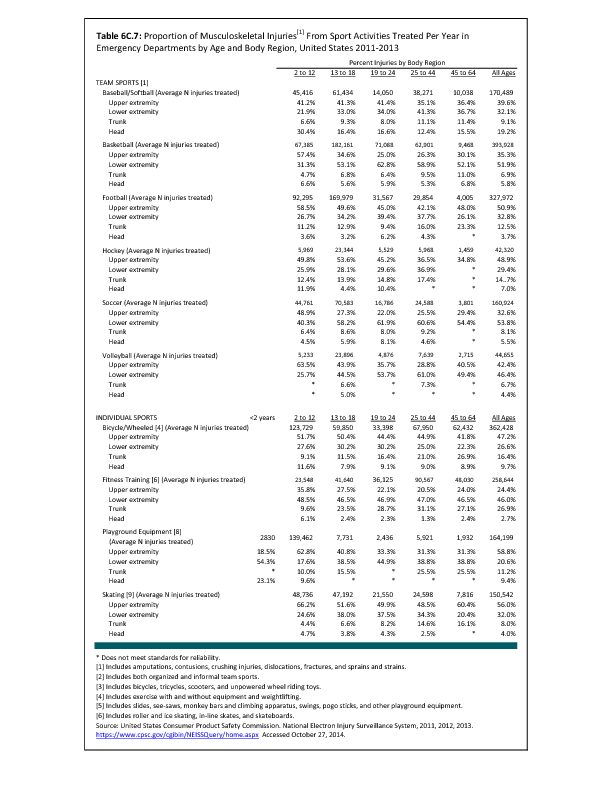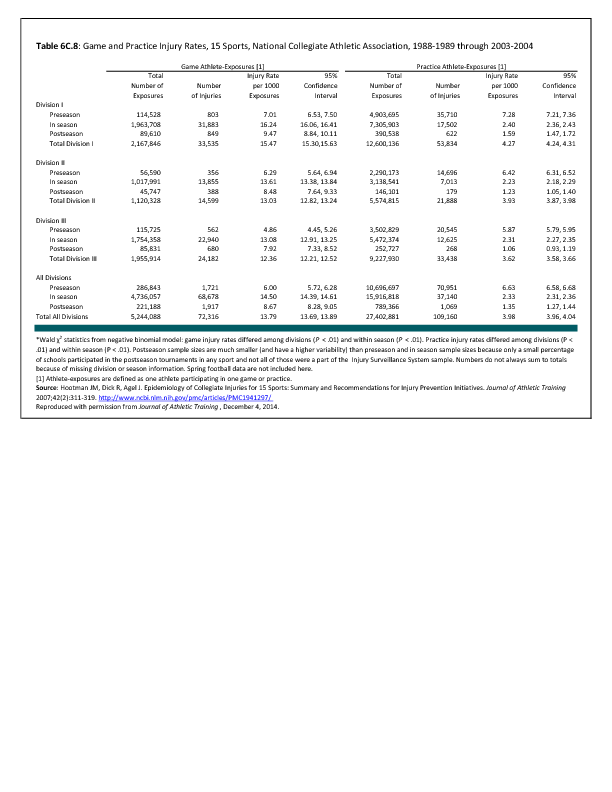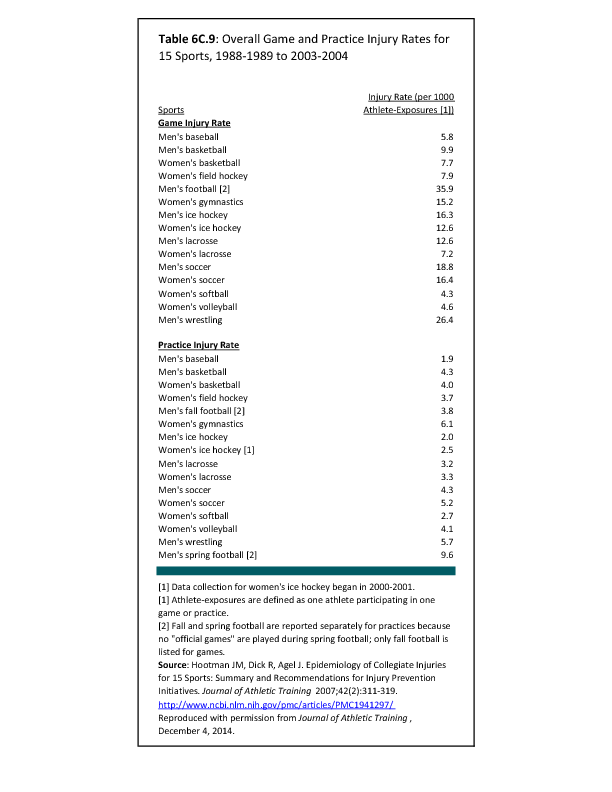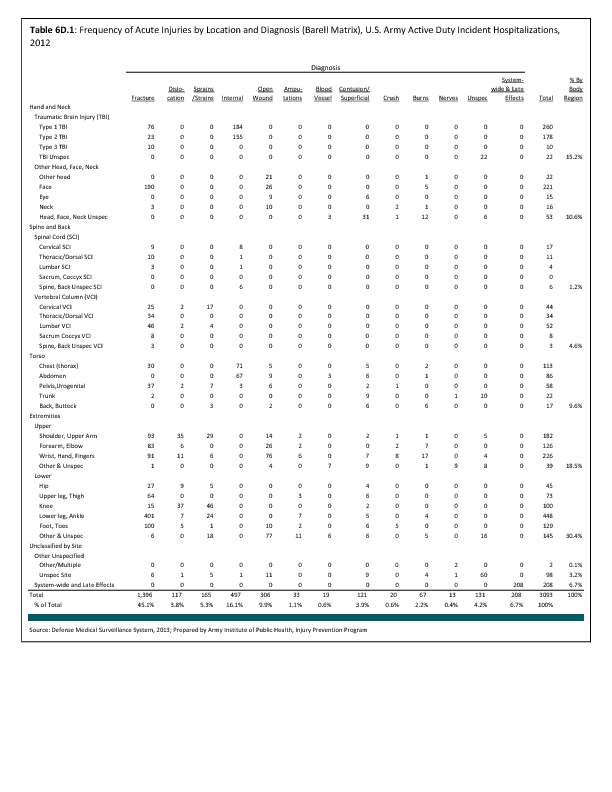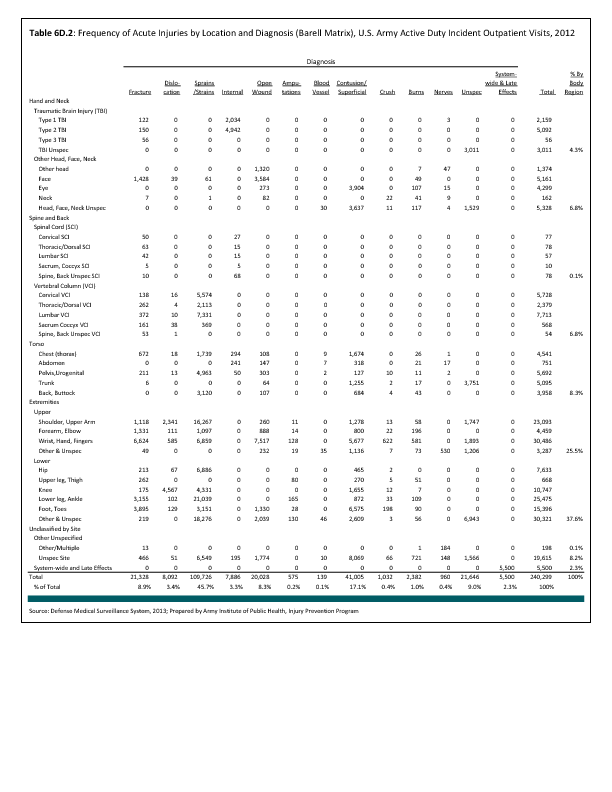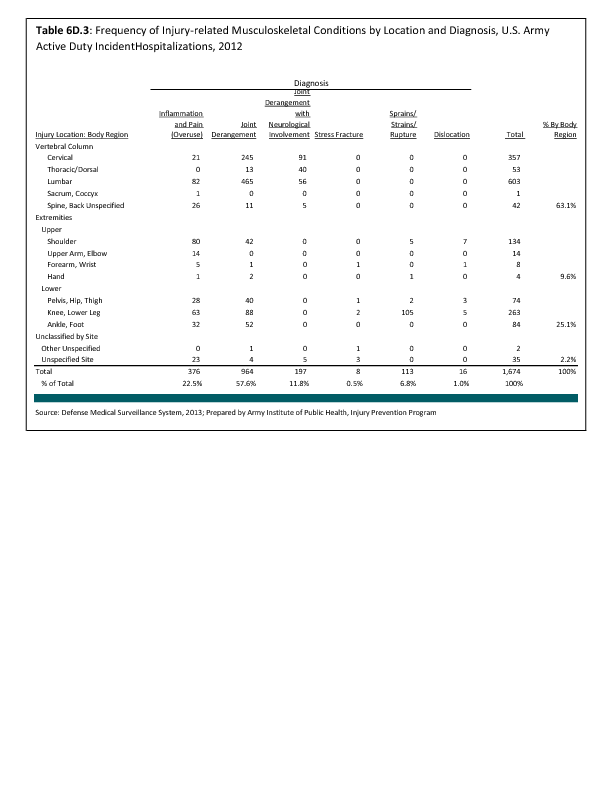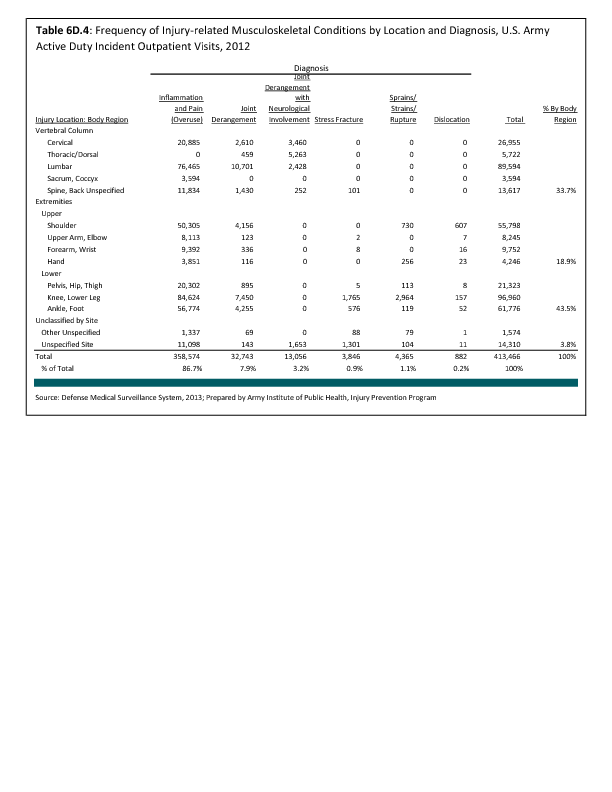The NCAA injury surveillance system has also been used to examine the incidence and injury patterns of specific injuries among collegiate athletes.1,2 These studies have primarily focused on those injuries that likely have the greatest burden in terms of time loss from sport, the need for surgical intervention, and the potential for long-term impact on health. Specifically, joint injuries have been a primary concern, as it is well documented that these injuries can lead to chronic instability and increase the risk of osteoarthritis and degenerative joint disease.
Acute traumatic anterior cruciate ligament (ACL) injuries in the knee often lead to chronic pain and instability, and generally require surgical repair to restore function. There is also substantial evidence to suggest that acute traumatic knee joint injuries such as ACL tears significantly increase the risk for post-traumatic osteoarthritis. Several studies have focused on the rate of ACL injuries among collegiate athletes.1,3,4,5,6 Hootman et al6 estimated that approximately 2,000 athletes participating in 15 different men’s and women’s NCAA sports sustain an ACL tear annually. The average annual rate of ACL injury during the 16-year study period examined was 0.15 per 1,000 athlete-exposures. Arendt and Dick4 first reported that there were disparities in ACL injury incidence rates between males and females participating in the NCAA gender matched sports of soccer and basketball. This observation was confirmed in a follow-up study that examined data from 1990 through 2002.3 in male soccer players, Hootman et al6 reported that ACL injury rates among males and females combined, participating in 15 different NCAA sports, significantly increased during the 16-year study period. On average, they reported a 1.3% annual increase in the rate of ACL injury over time (P=0.02). (Reference Table 6C.14 PDF CSV)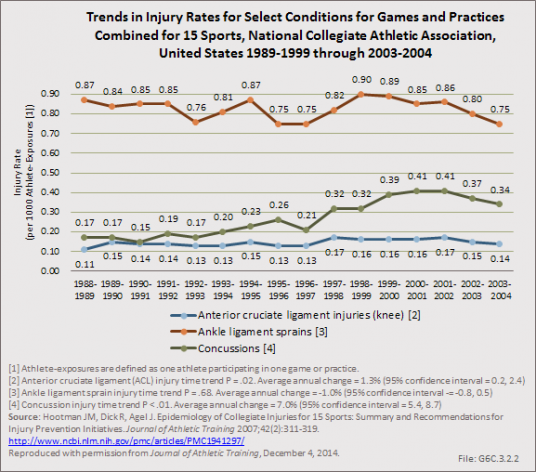
Dragoo et al7 compared ACL injury rates between NCAA football players participating on artificial turf and those participating on natural grass. They reported that the rate of ACL injury on artificial surfaces was significantly higher (1.39 times higher) than the injury rate on grass surfaces. They also noted that non-contact injuries occurred more frequently on artificial turf surfaces (44.29%) than on natural grass (36.12%).
Ankle sprains are also common among NCAA athletes and they frequently lead to chronic pain, instability, and functional limitations. Hootman et al6 estimated that approximately 11,000 athletes participating in 15 different men’s and women’s NCAA sports sustain an ankle sprain annually. The average annual rate of ankle sprain injury during the 16-year study period examined was 0.86 per 1,000 athlete exposures. They also examined the annual injury rates for ankle sprains among males and females participating in these sports combined between 1988 and 2004 and reported that injury rates remained constant during the 16-year study period. On average, there was a nonsignificant 0.1% (P=0.68) annual decrease in the rate of ankle sprains during the study period. (Reference Table 6C.13 PDF CSV)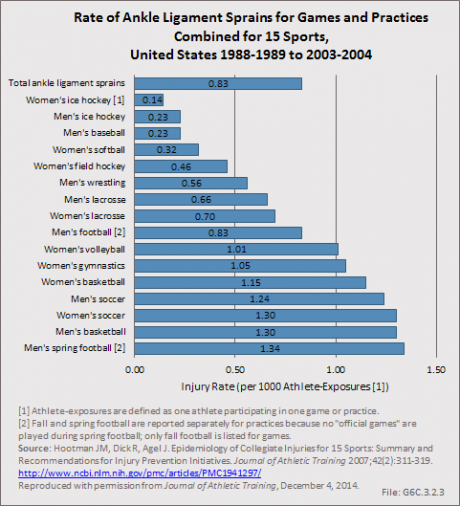
Shoulder instability also impacts a significant number of NCAA athletes and can lead to chronic pain, recurrent instability, and functional limitations. Recurrent shoulder instability has also been associated with the increased risk of osteoarthritis in the shoulder. Surgical reconstruction is common following shoulder instability in young athletes. Owens et al2 examined the injury rates and patterns for shoulder instability among NCAA athletes over the 16-year period from 1988 through 2004 in the same 15 sports described previously. The overall injury rate for shoulder instability during the study period was 0.12 per 1,000 athlete exposures. On average, this is comparable to just under 2,000 shoulder instability events experienced annually in NCAA athletes. Injury rates for shoulder instability were significantly higher in games when compared to practice. Overall, NCAA athletes were 3.5 (95%CI: 3.29–3.73) times more likely to experience shoulder instability events in games when compared to practices. Just over half (53%) of the shoulder instability events documented during the study period were first-time instability events, with the remaining injuries being recurrent instability events (47%). The majority of shoulder instability events were due to contact with another athlete (68%) and other contact (20%). Nearly half (45%) of all shoulder instability events experienced by NCAA athletes during the study period resulted at least 10 days of lost playing time, with the remainder returning to play within 10 days of injury.
- 1. a. b. Dragoo JL, Braun HJ, Durham JL, Chen MR, Harris AH: Incidence and risk factors for injuries to the anterior cruciate ligament in National Collegiate Athletic Association football: Data from the 2004–2005 through 2008–2009 National Collegiate Athletic Association Injury Surveillance System. Am J Sports Med 2012 May;40(5):990-995.
- 2. a. b. Owens BD, Agel J, Mountcastle SB, Cameron KL, Nelson BJ: Incidence of glenohumeral instability in collegiate athletics. Am J Sports Med 2009 Sep;37(9):1750-1754.
- 3. a. b. Agel J, Arendt EA, Bershadsky B: Anterior cruciate ligament injury in national collegiate athletic association basketball and soccer: A 13-year review. Am J Sports Med 2005 Apr;33(4):524-530.
- 4. a. b. Arendt E, Dick R: Knee injury patterns among men and women in collegiate basketball and soccer. NCAA data and review of literature. Am J Sports Med 1995 Nov-Dec;23(6):694-701.
- 5. Arendt EA, Agel J, Dick R Anterior cruciate ligament injury patterns among collegiate men and women. J Athl Train 1999 Apr;34(2):86-92.
- 6. a. b. c. d. Hootman JM, Dick R, Agel J: Epidemiology of collegiate injuries for 15 sports: Summary and recommendations for injury prevention initiatives. J Athl Train 2007 Apr-Jun;42(2):311-319.
- 7. Valovich McLeod TC, Bay RC, Parsons JT, Sauers EL, Snyder AR: Recent injury and health-related quality of life in adolescent athletes. J Athl Train 2009 Nov-Dec;44(6):603-610.
Edition:
- 2014

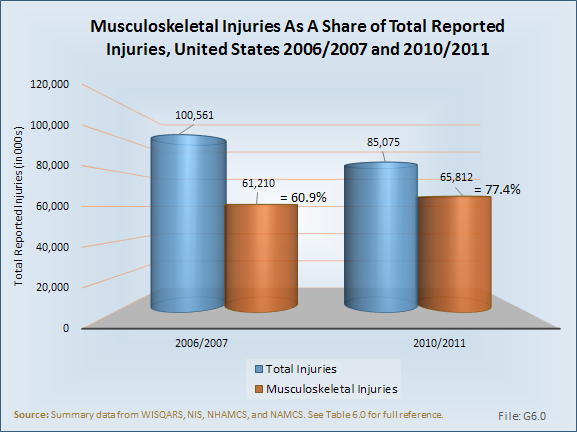
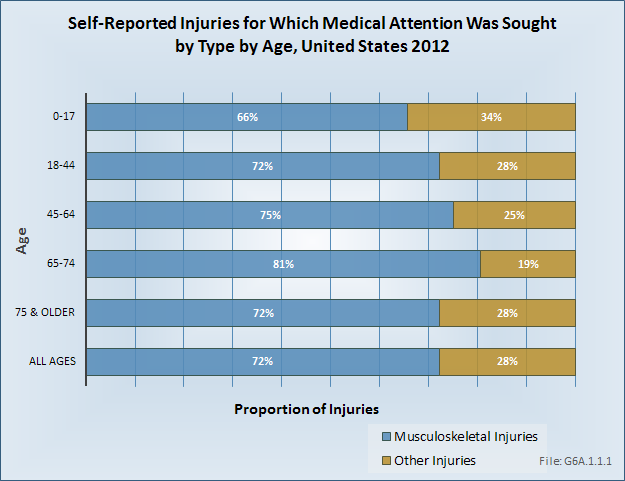
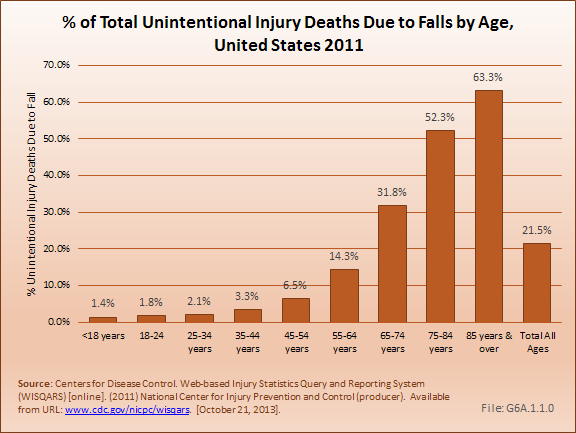
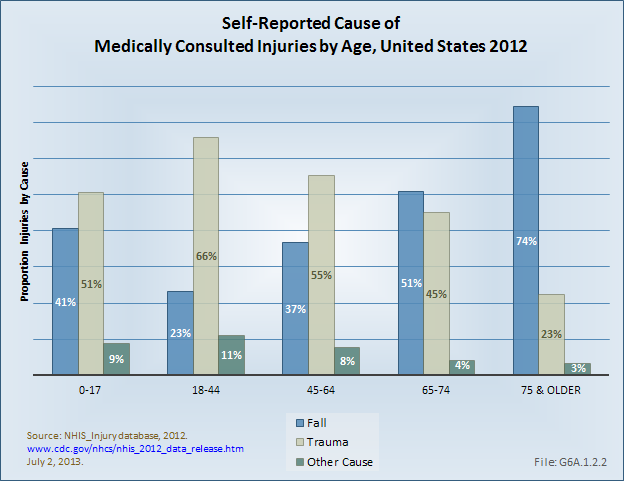
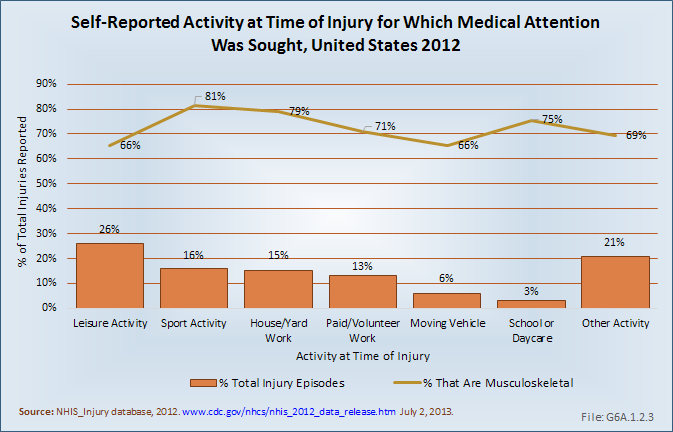
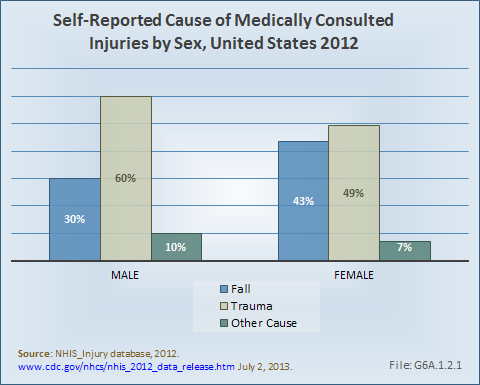
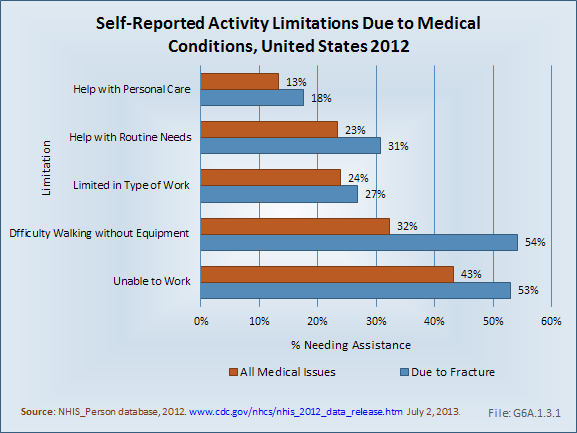
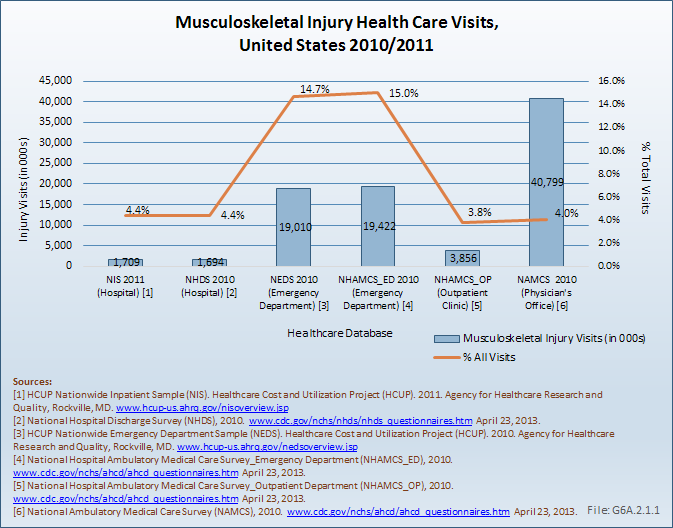
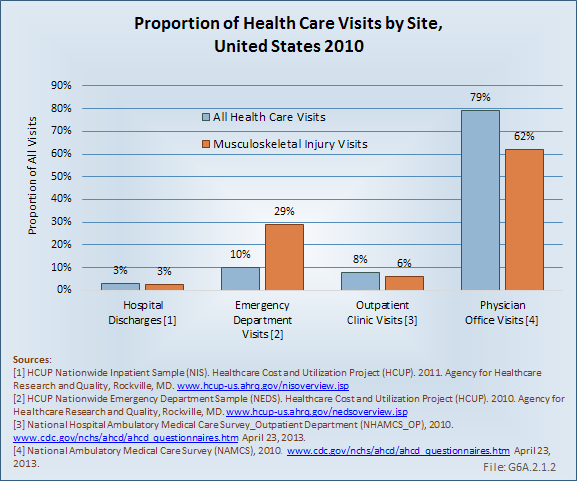
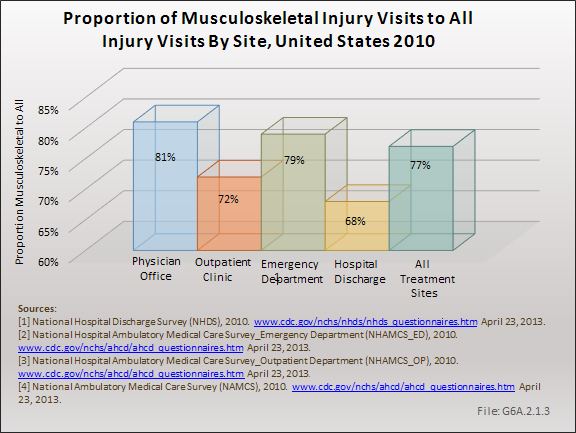
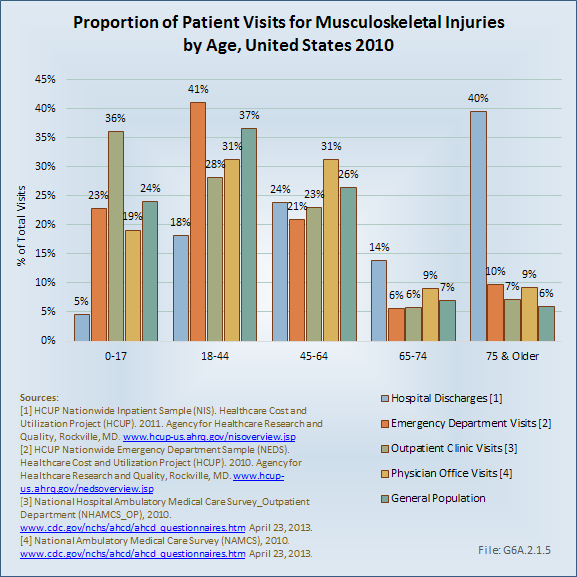
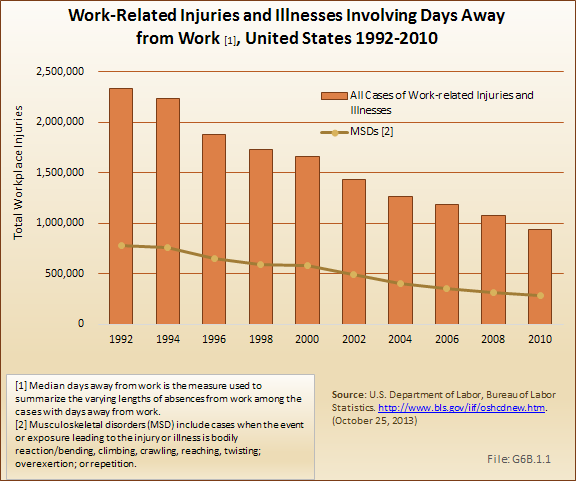
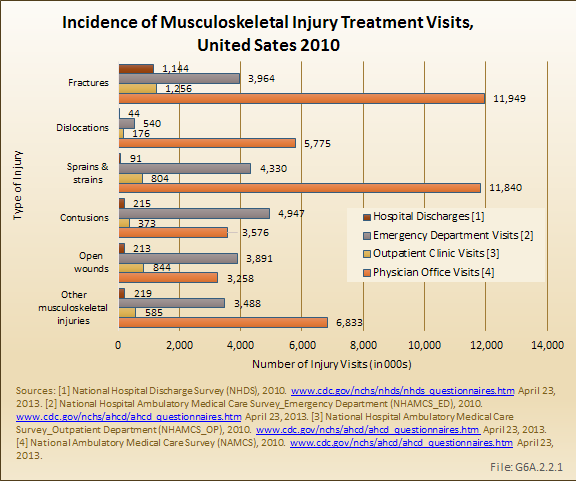
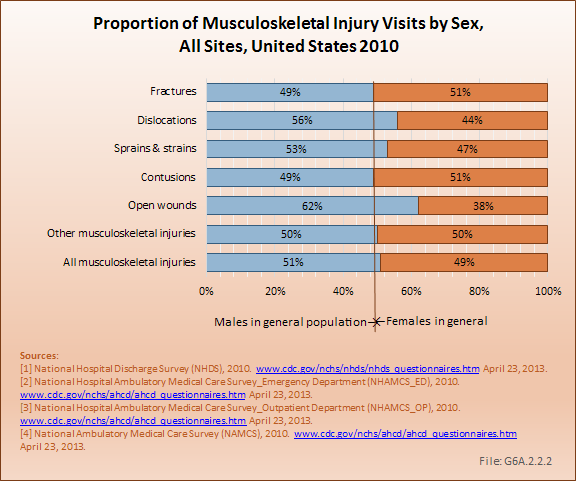
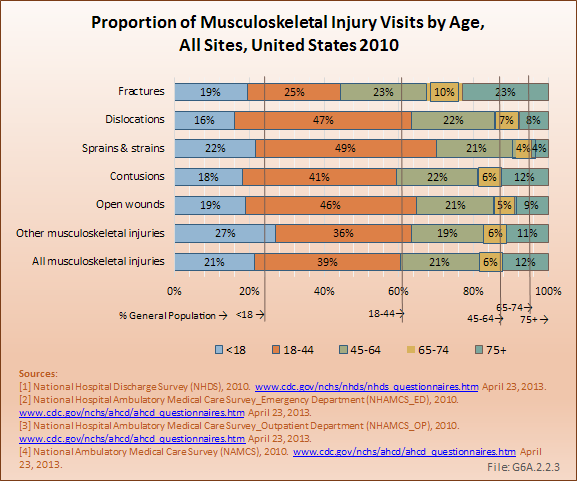
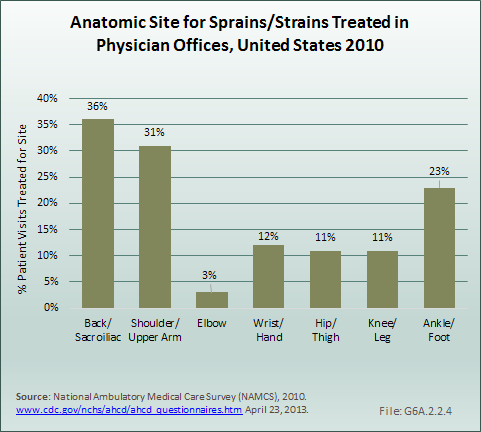
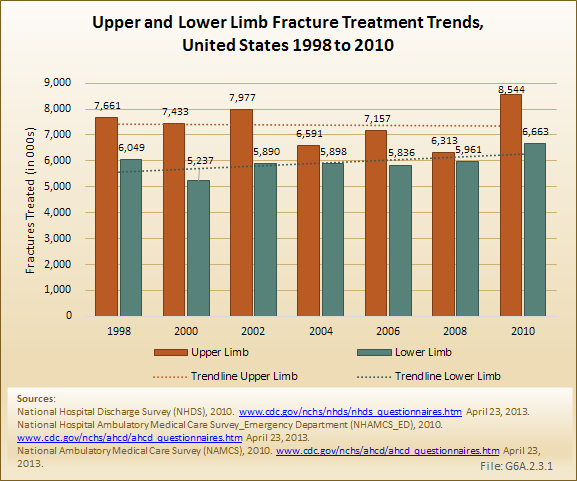
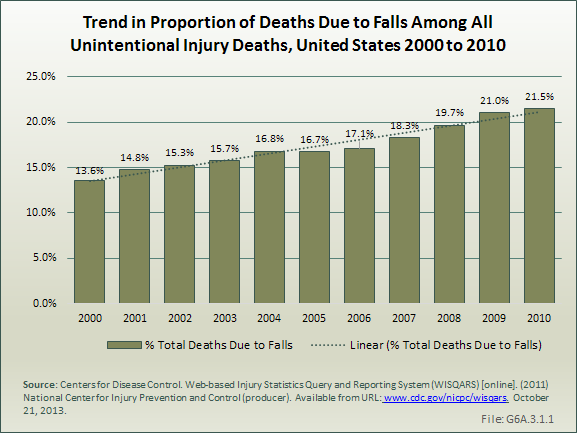
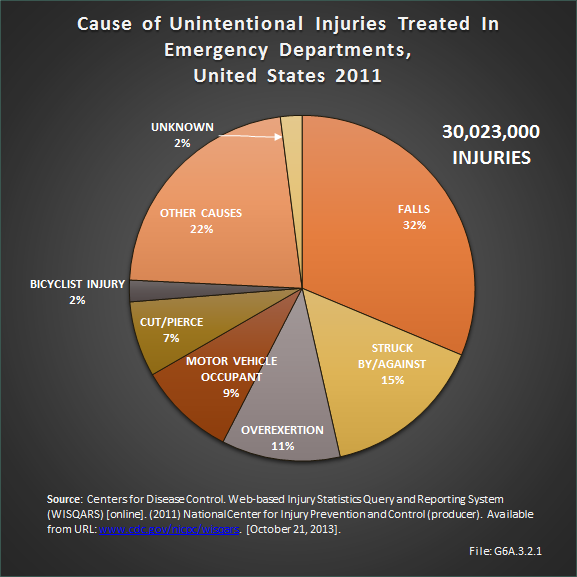
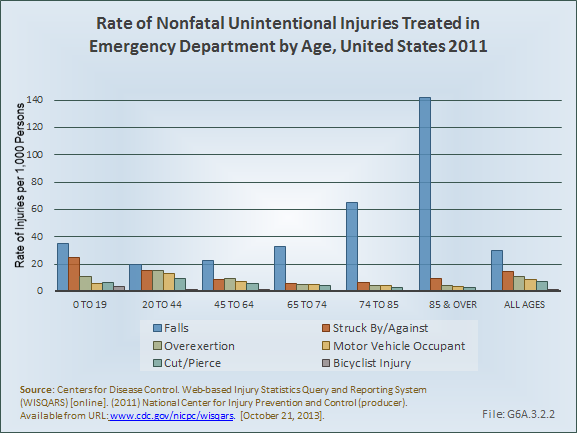
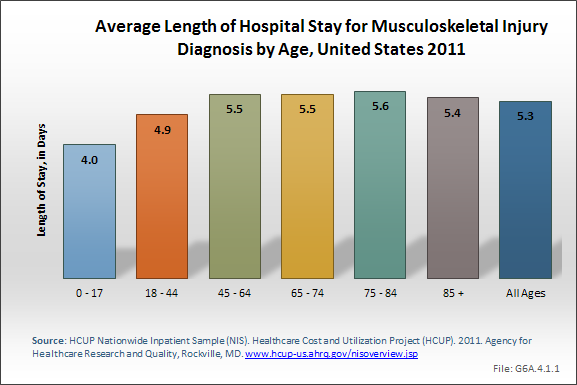
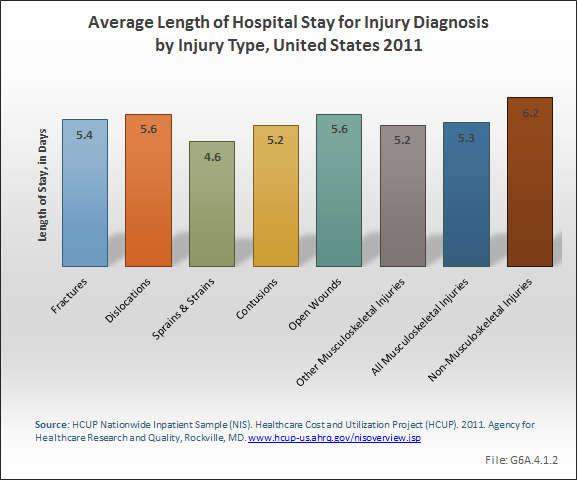
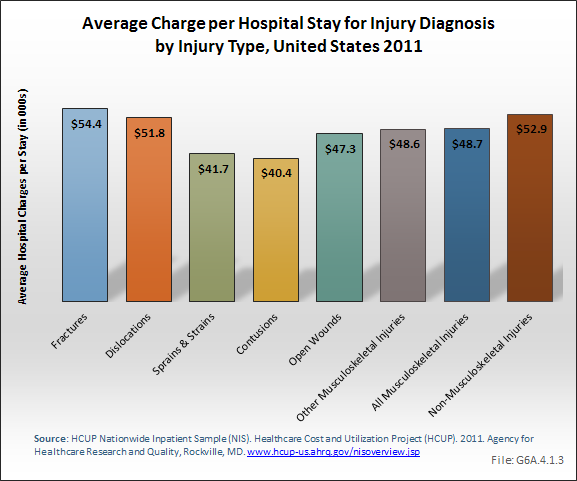
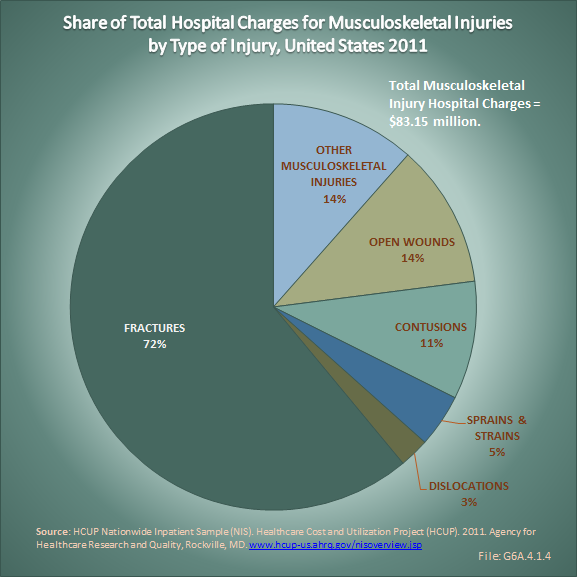
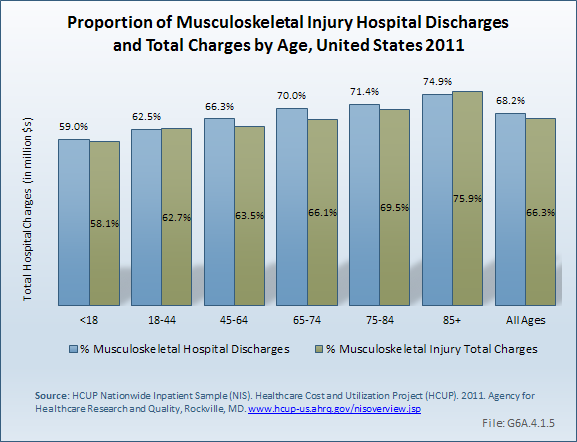
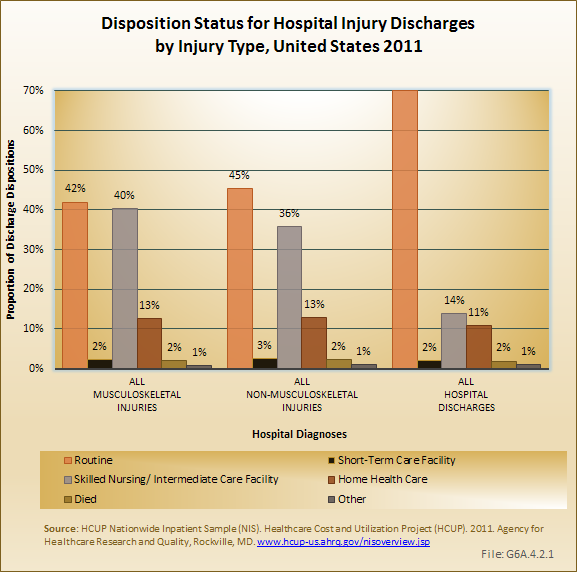
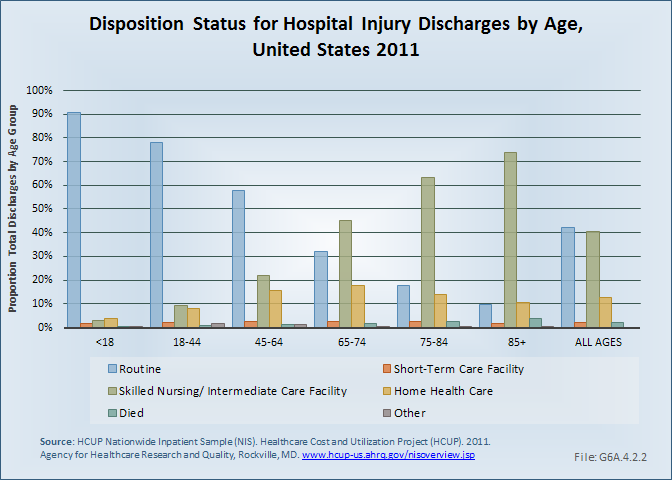
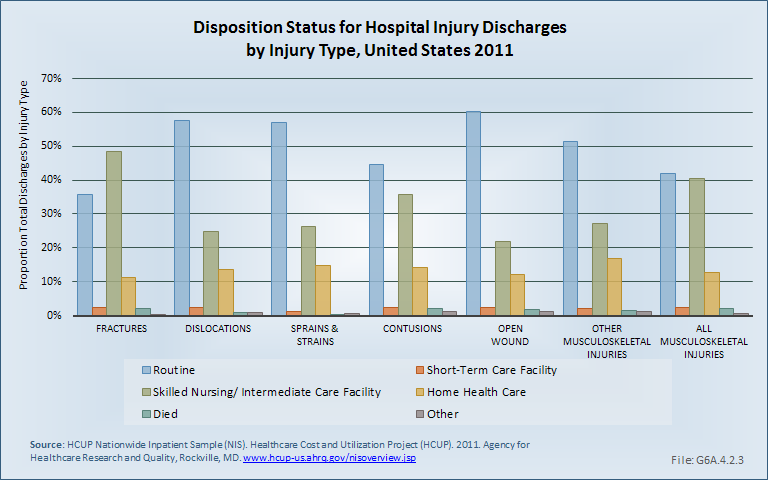
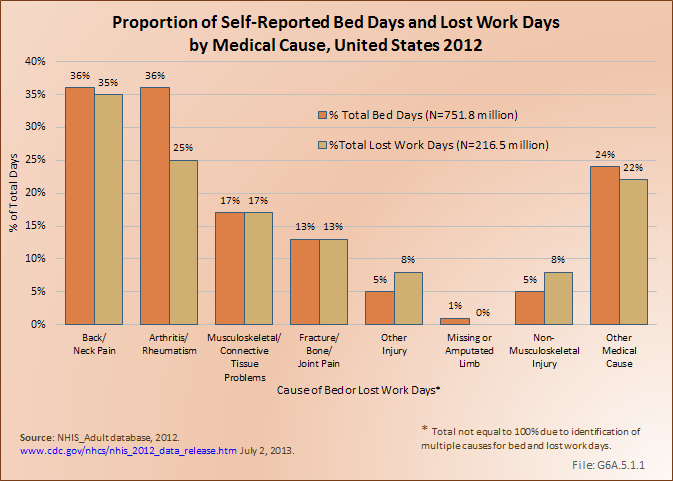
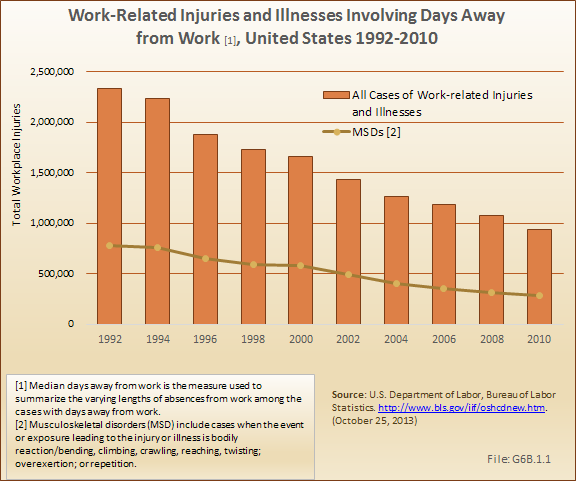
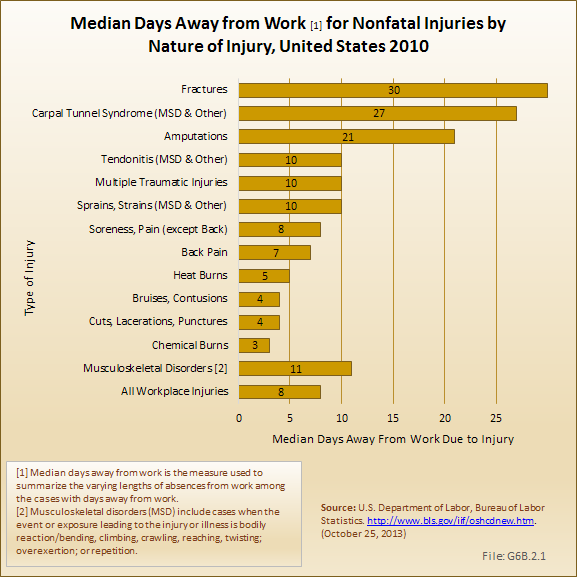
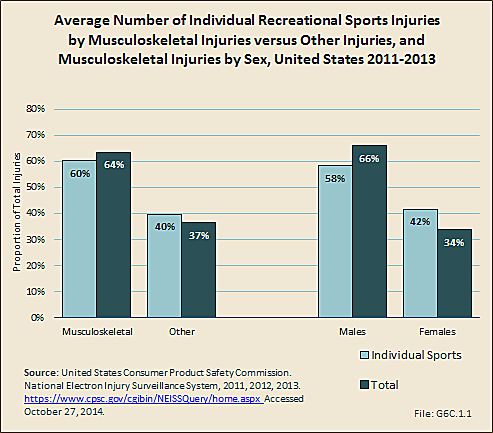
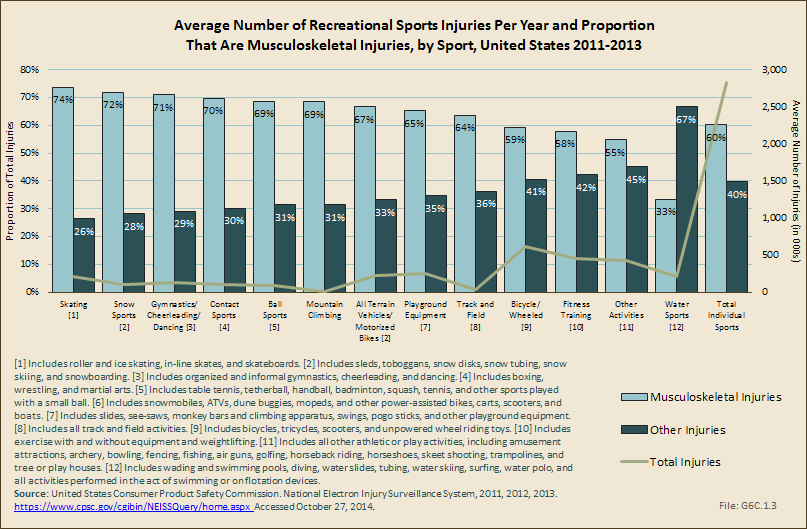
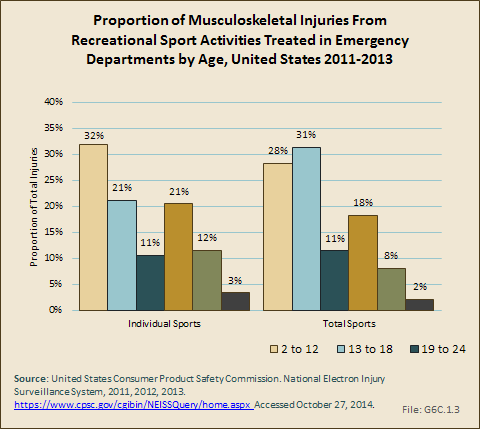
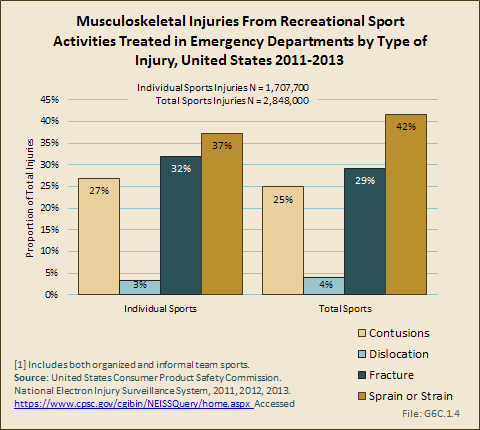
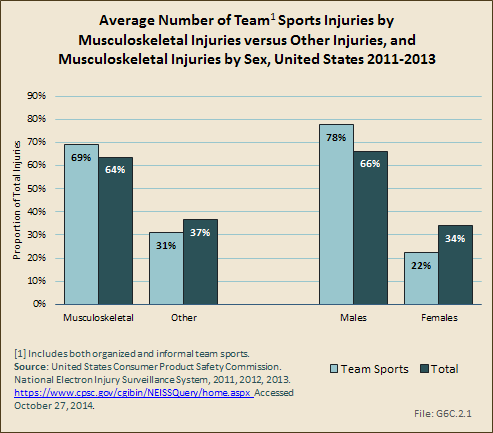
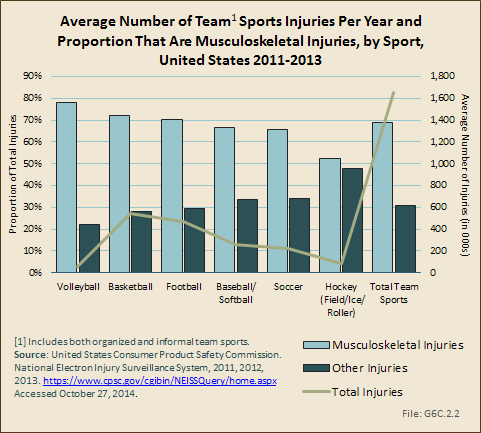
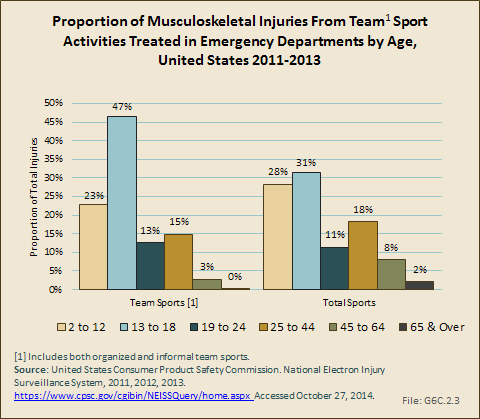
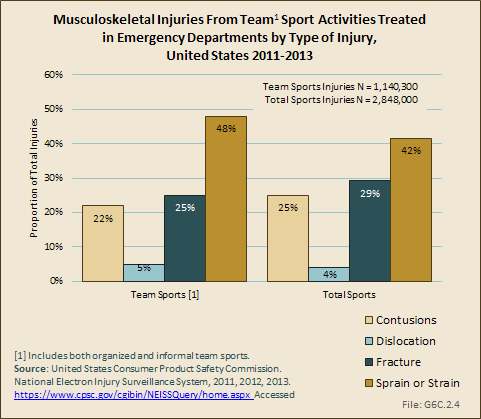
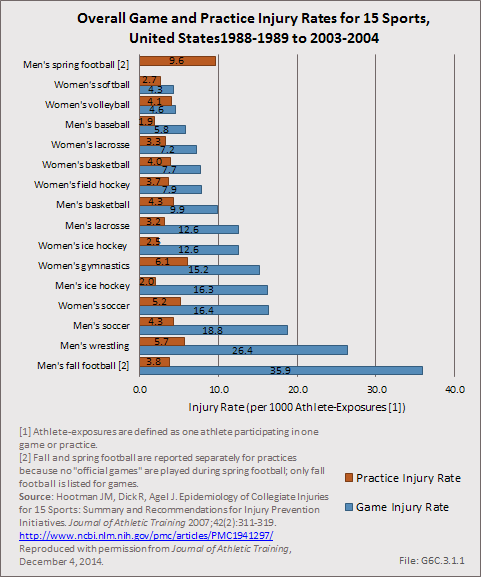
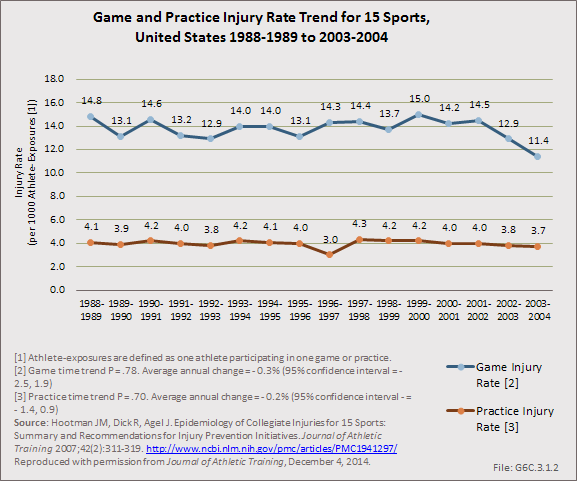
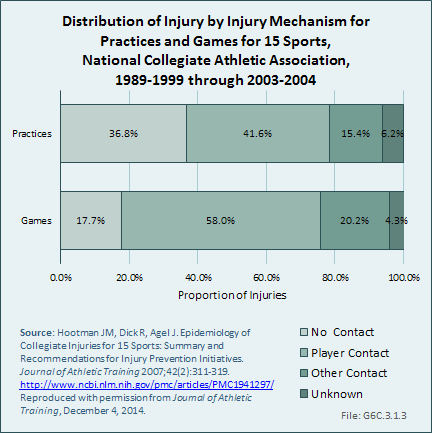
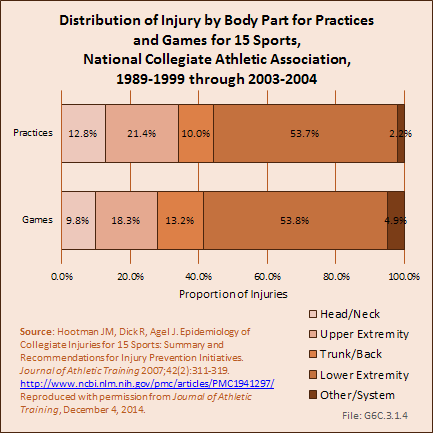
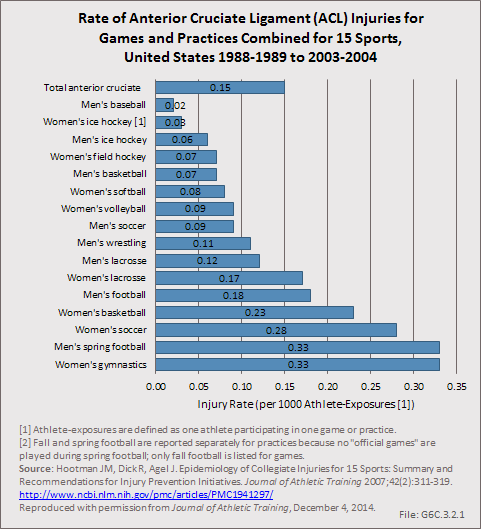
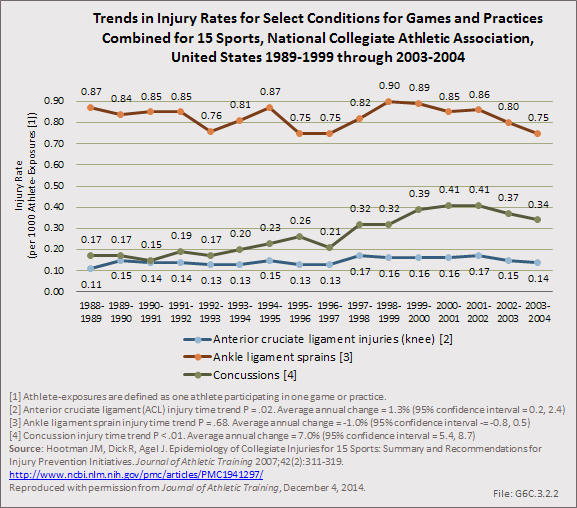
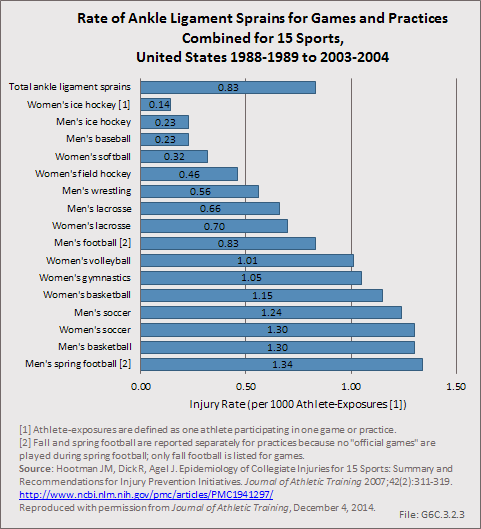
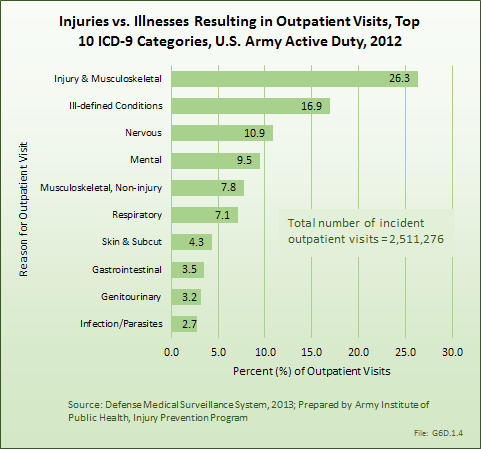
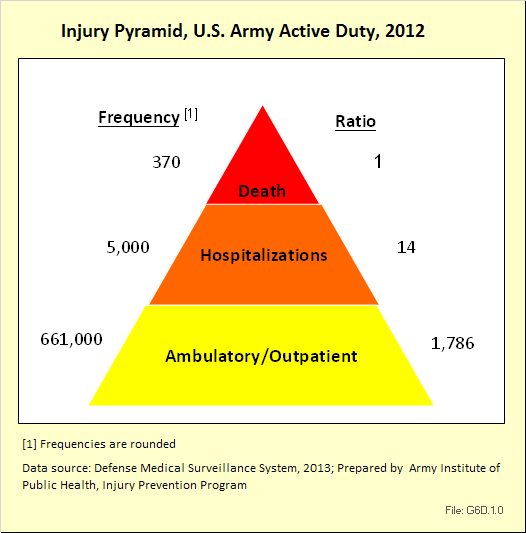
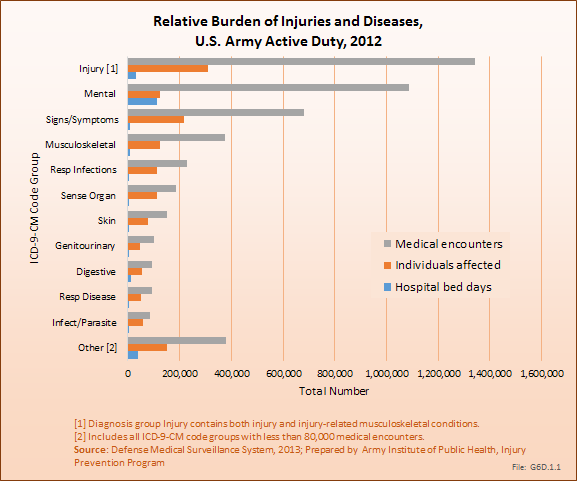
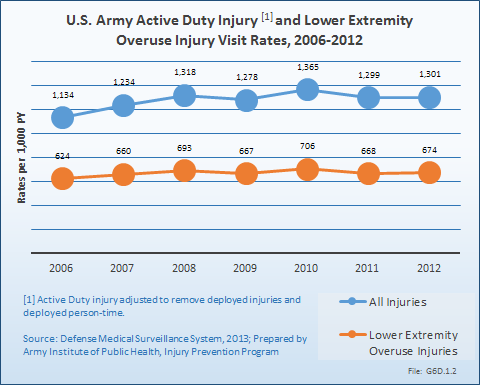

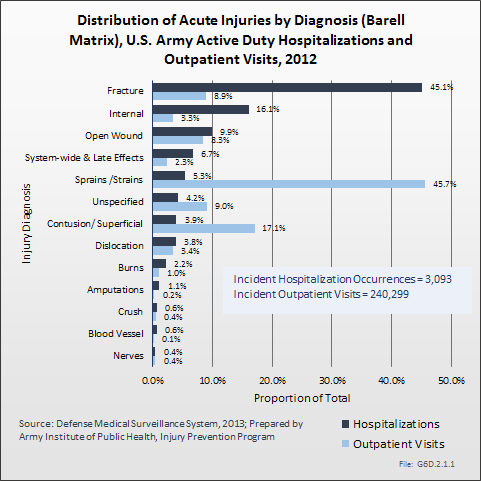
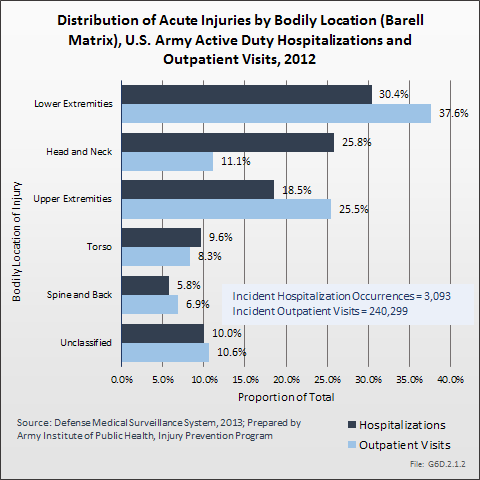
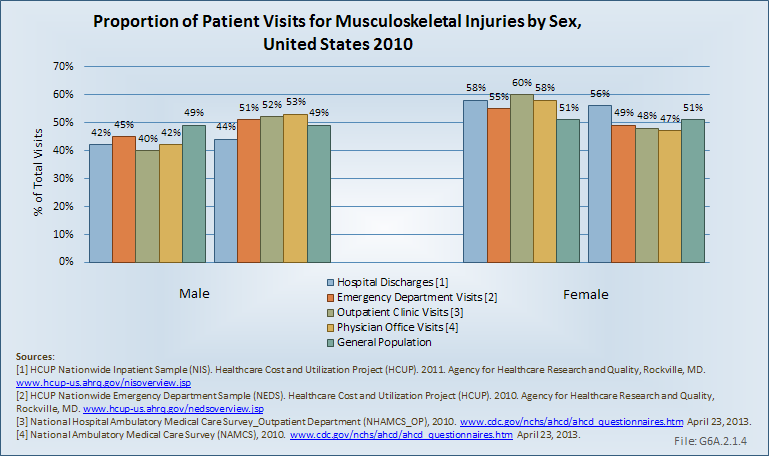
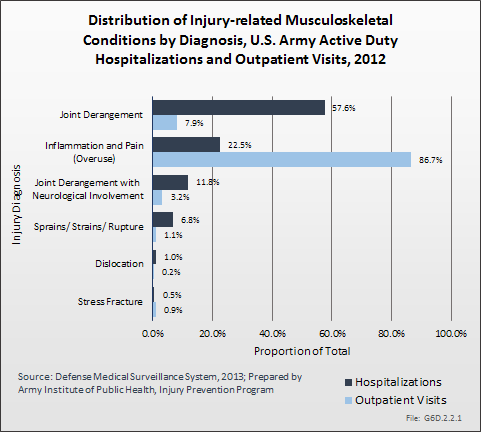
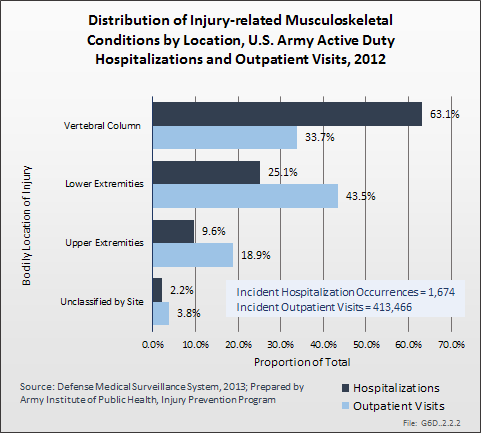
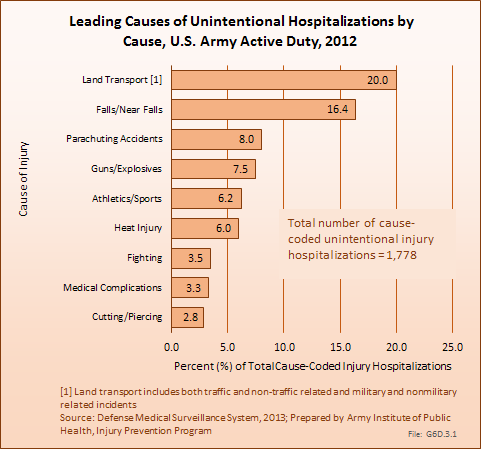
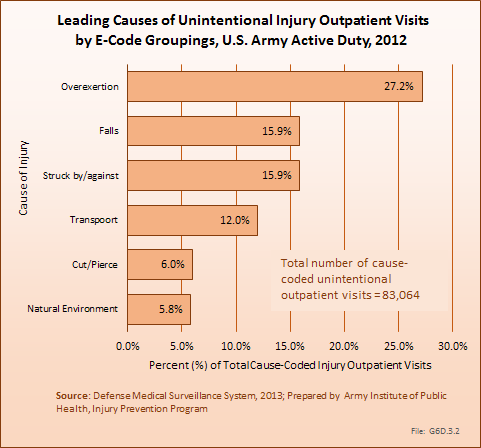
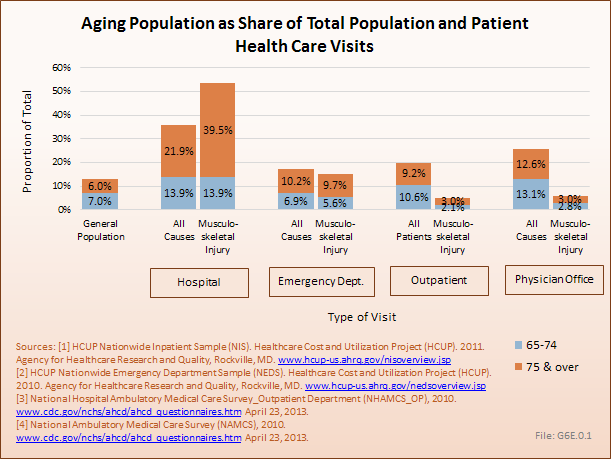
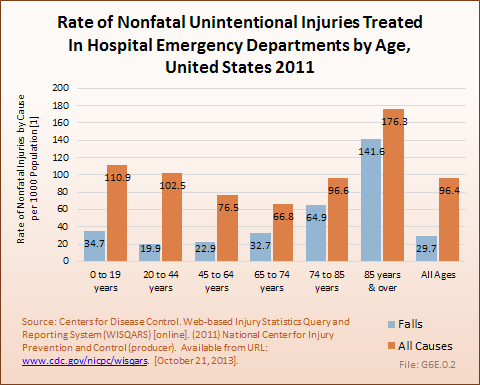
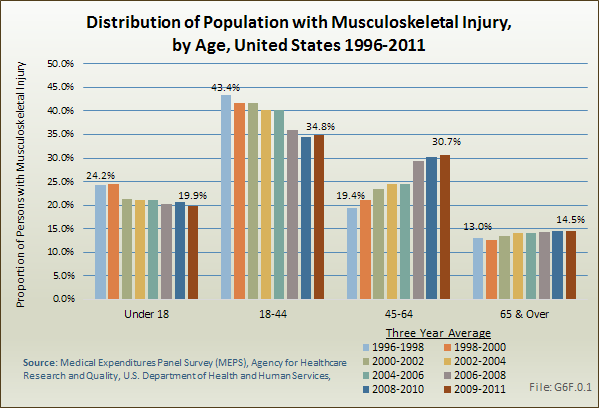
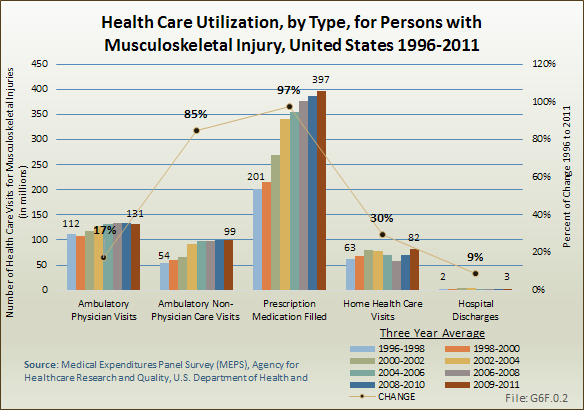
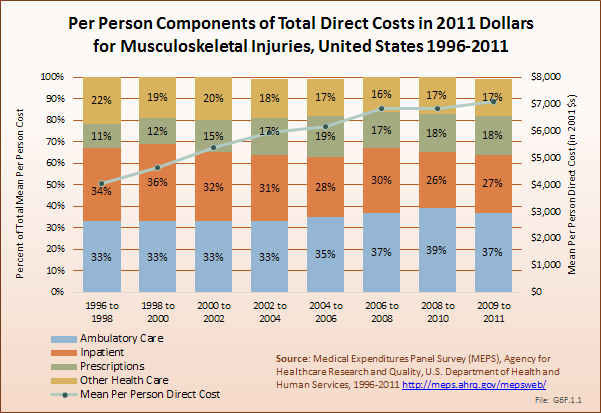
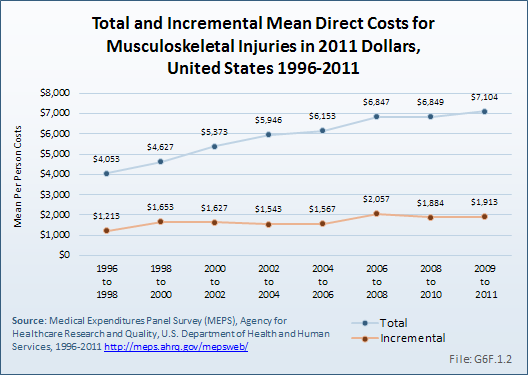
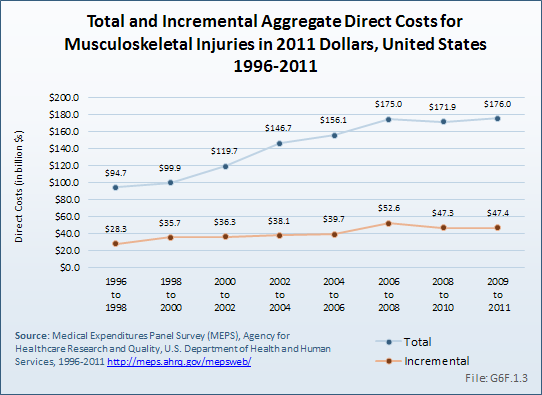
 Download as CSV
Download as CSV